We’re taking you to some of the most special places on earth and some of the most sought after tourist attractions around the globe. These UNESCO World Heritage sites are all amazing. This list takes you to Latin American, Asia, Africa, and Europe to see some of the most amazing historical and beautiful sites this world has to offer.
In these places you can walk where generations thousands of years before also walked. You can see persisting structures that made up ancient civilizations and have the types of experiences that make travel so uniquely amazing and satisfying.
UNESCO World Heritage Sites List:
- The Great Wall of China
- Plitvice Lakes National Park
- Venice, Italy and its Lagoon
- Hiroshima Peace Memorial
- Baalbek, Lebanon
- Puerto-Princesa Subterranean River National Park
- Pre-Hispanic City of Teotihuacan
- Cusco, Peru
- Tower of London, England
- Guanajuato, Mexico
There are many, many more UNESCO World Heritage sites, so we will be doing a part 2 and 3 of this episode to come.
If you liked this episode, also check out the our episode on the UNESCO World Heritage Sites in the United States.
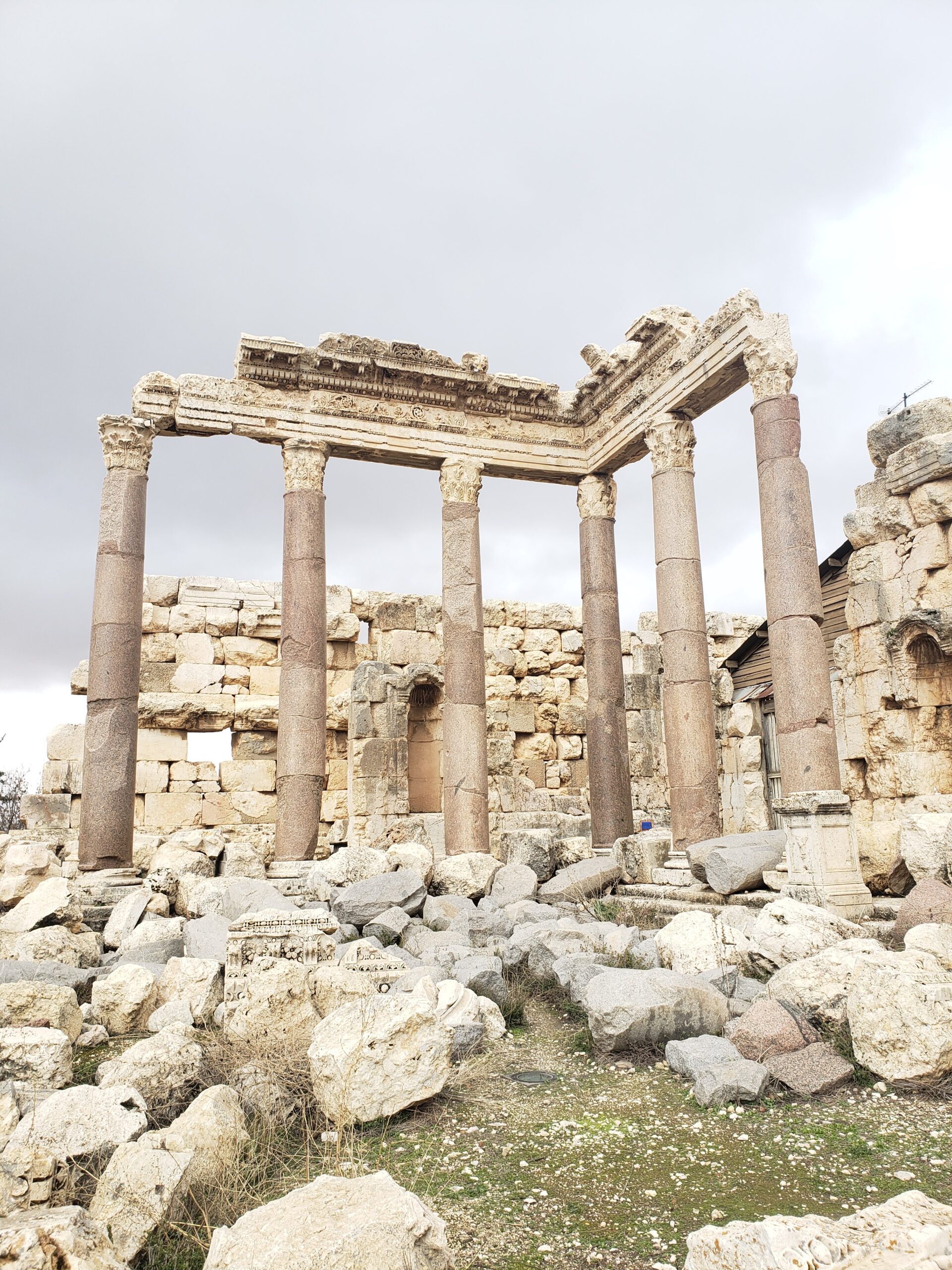
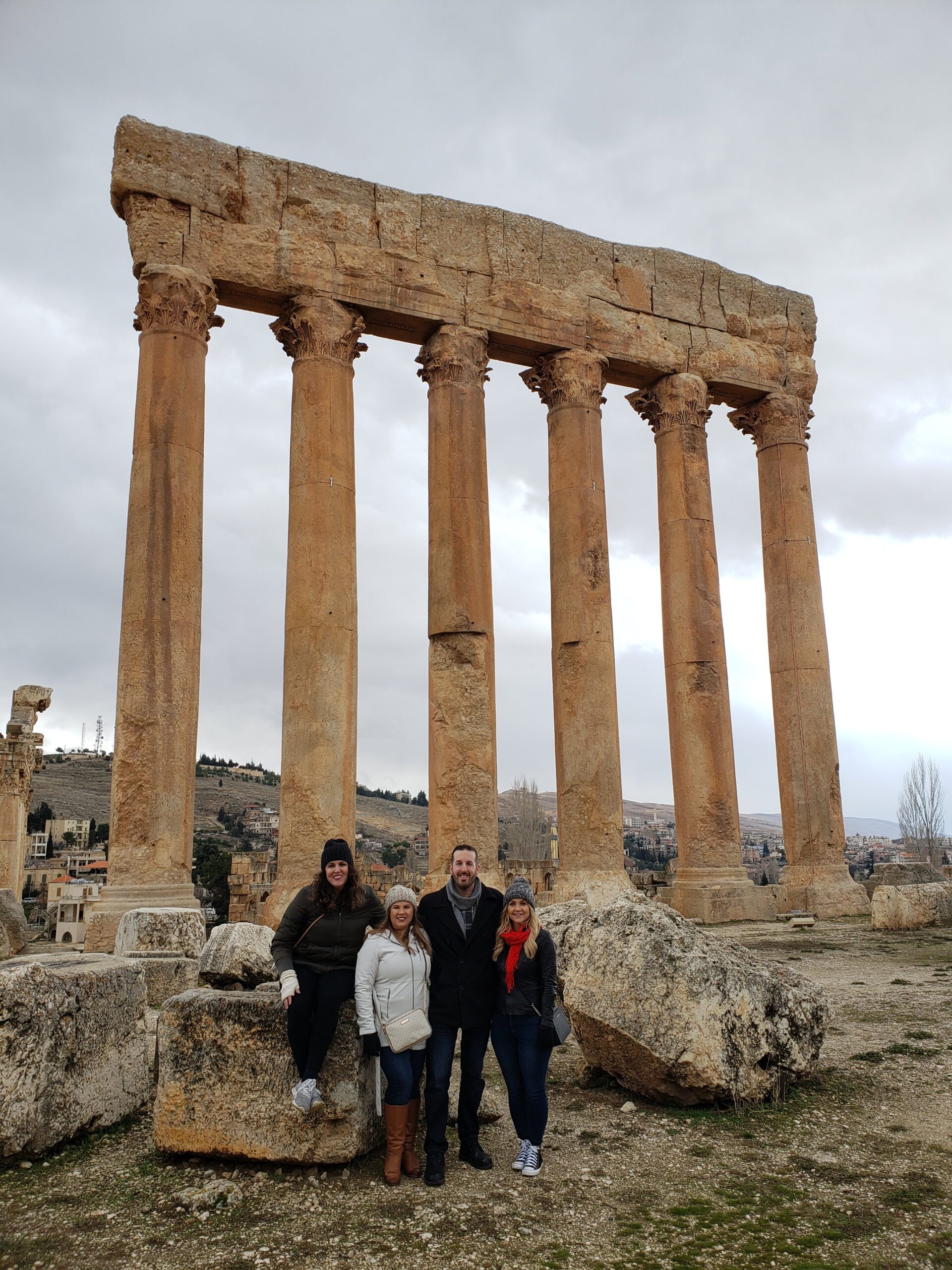
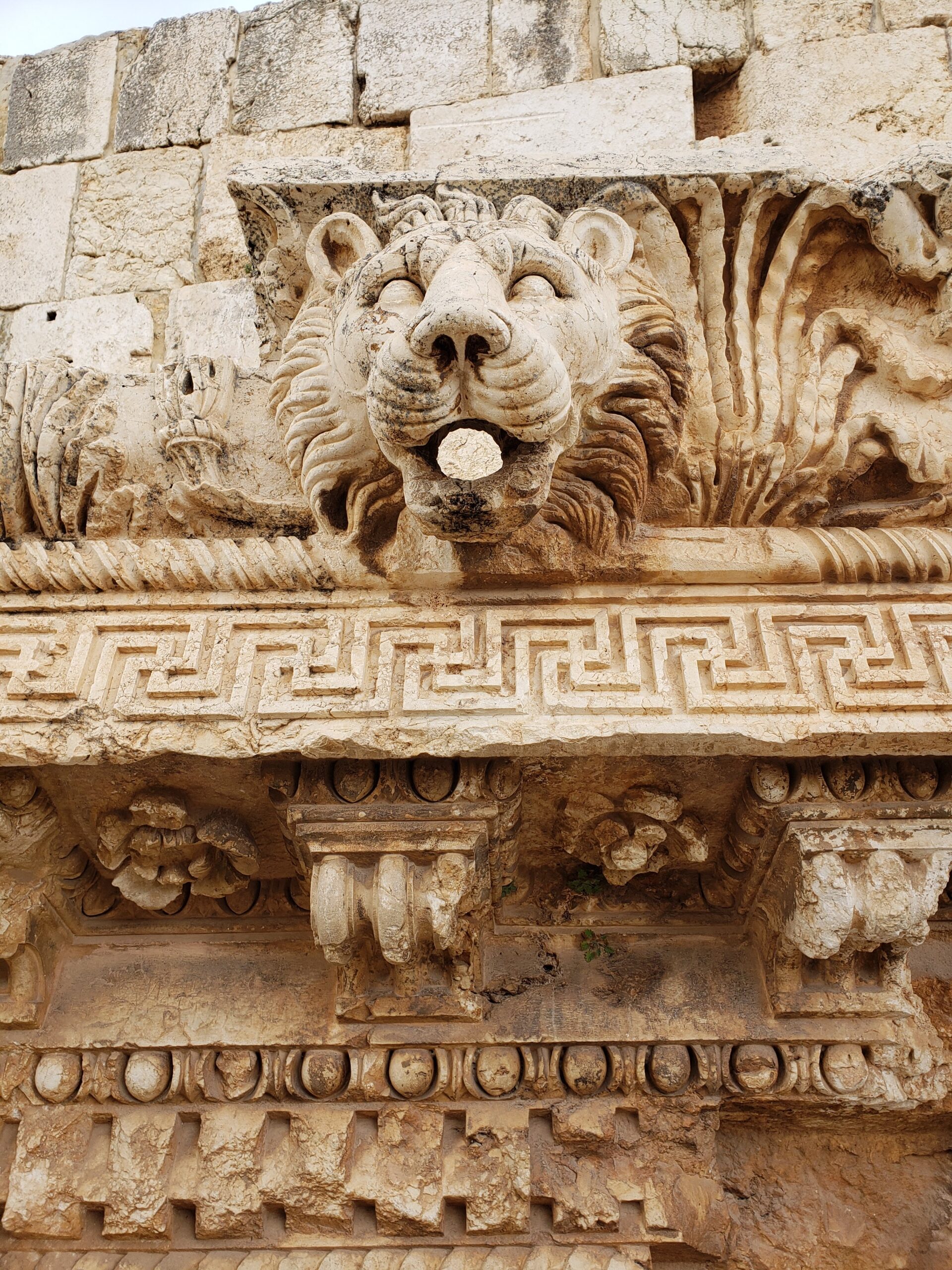
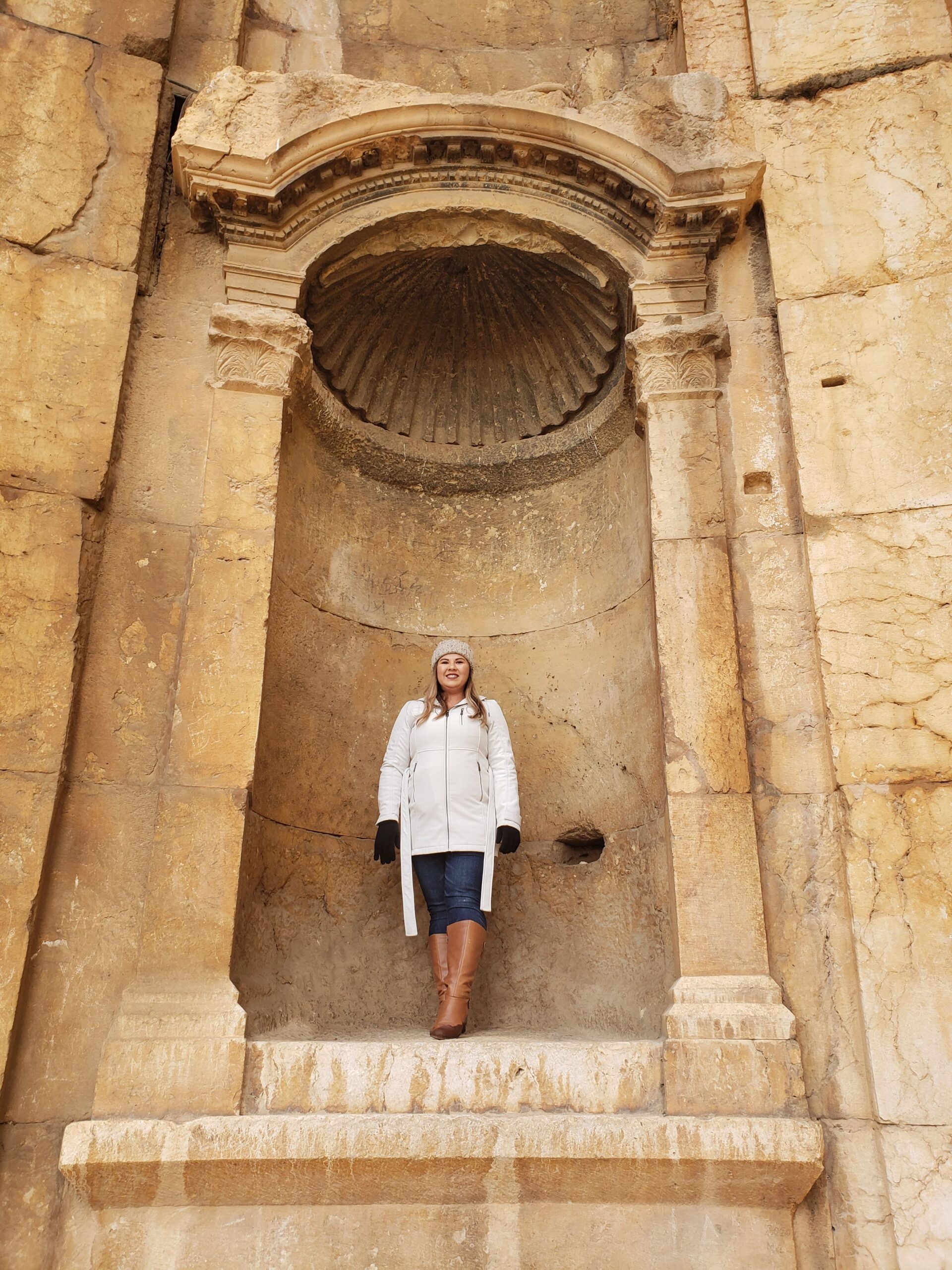
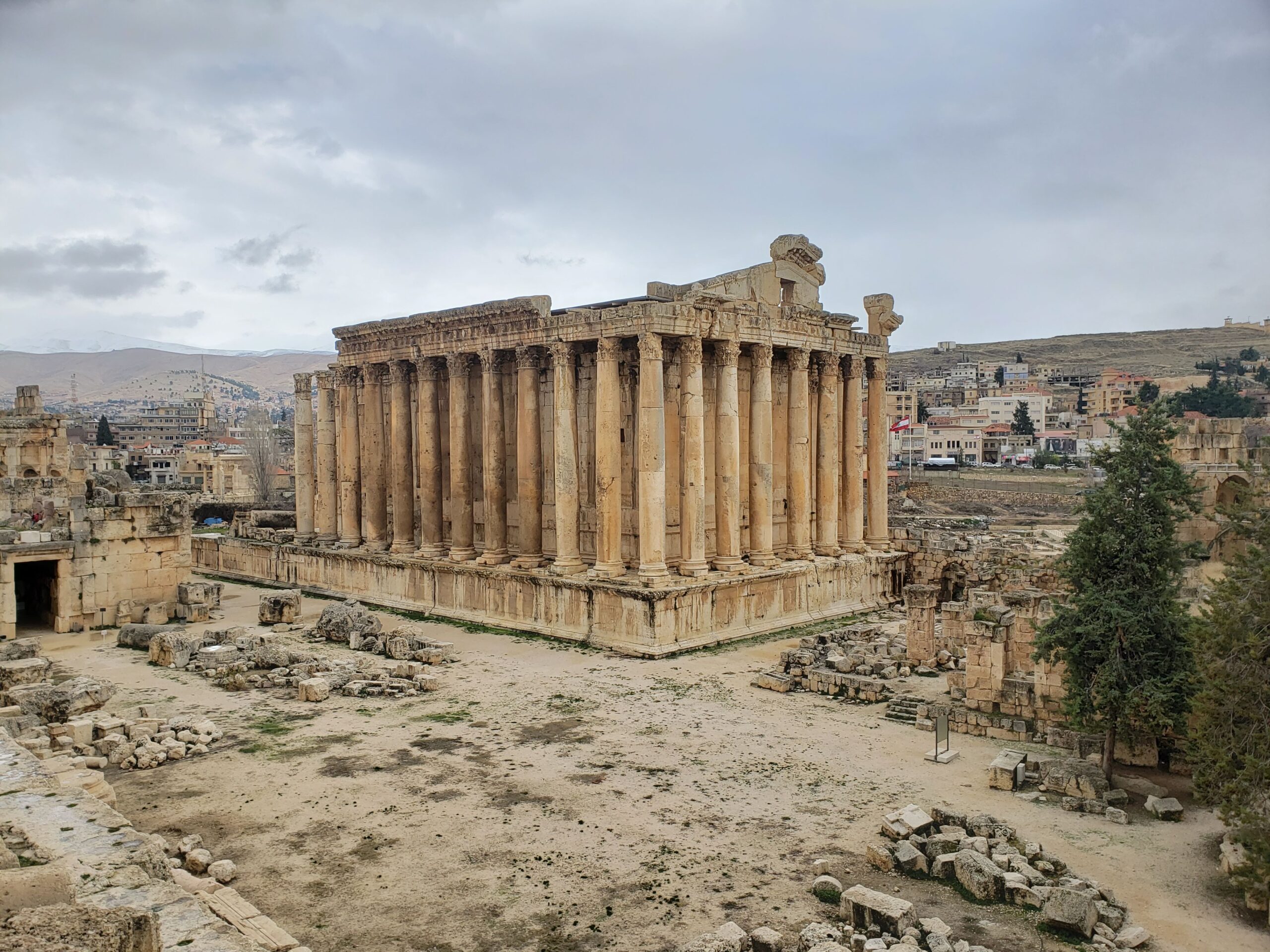
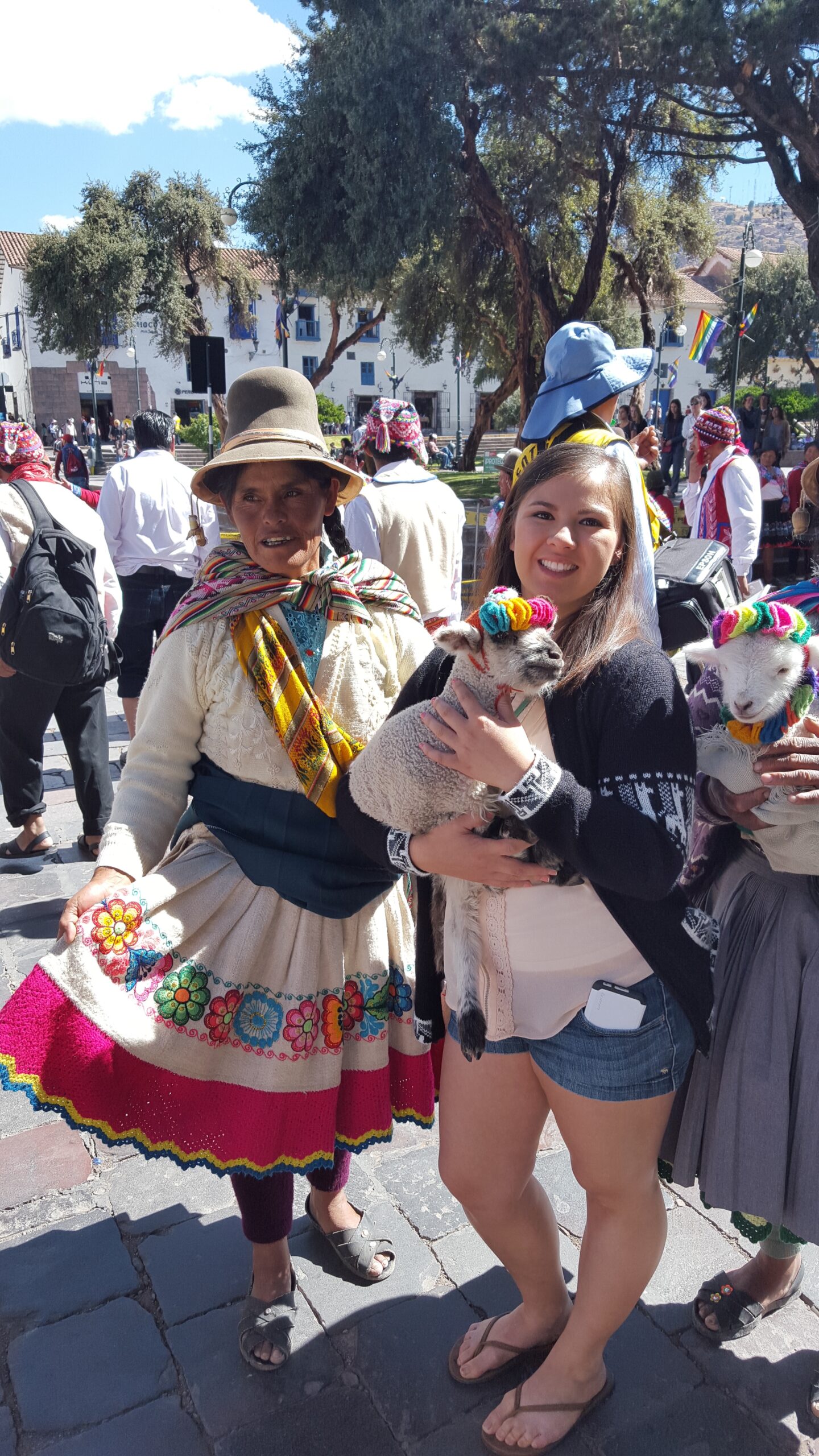
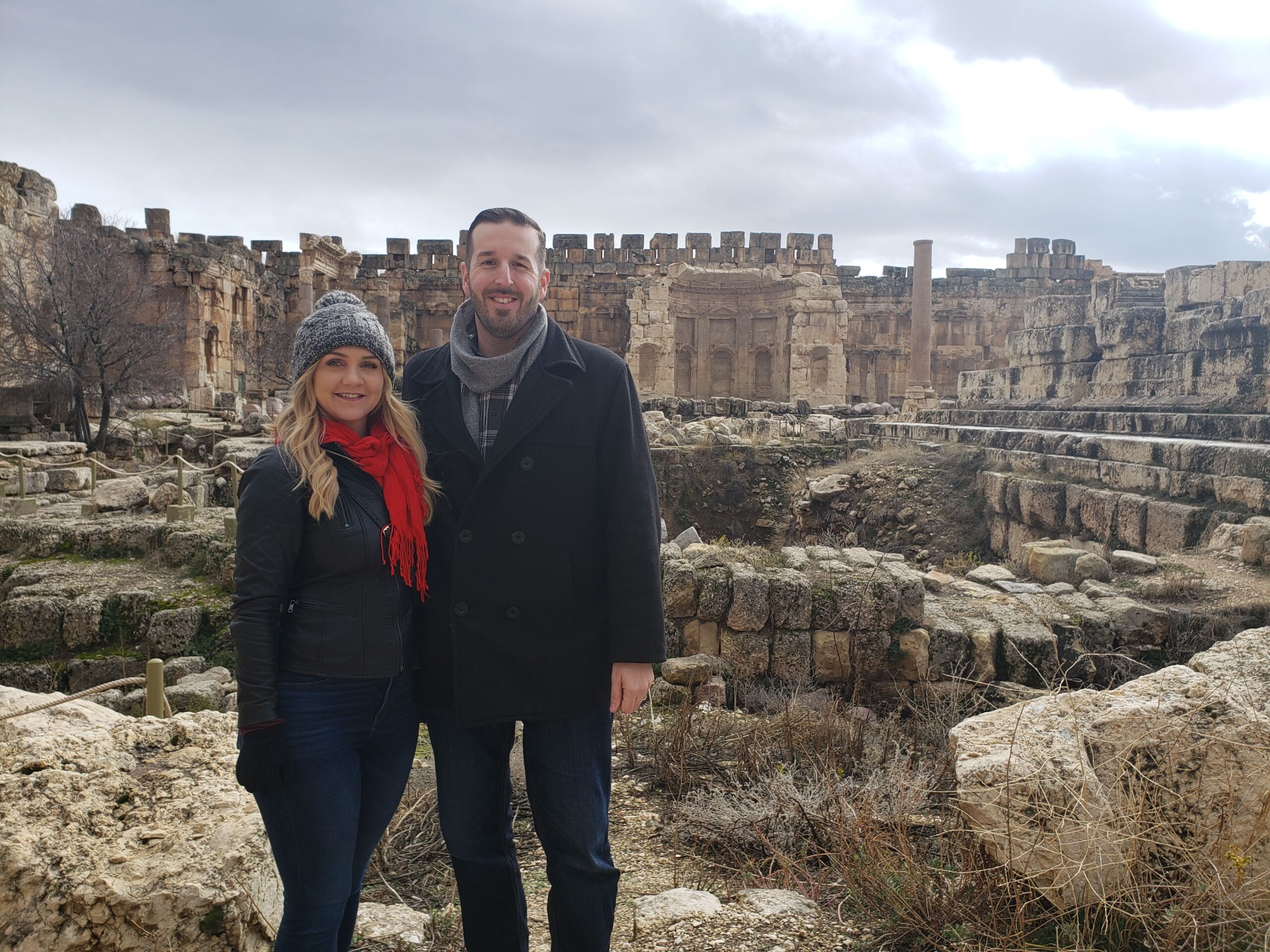

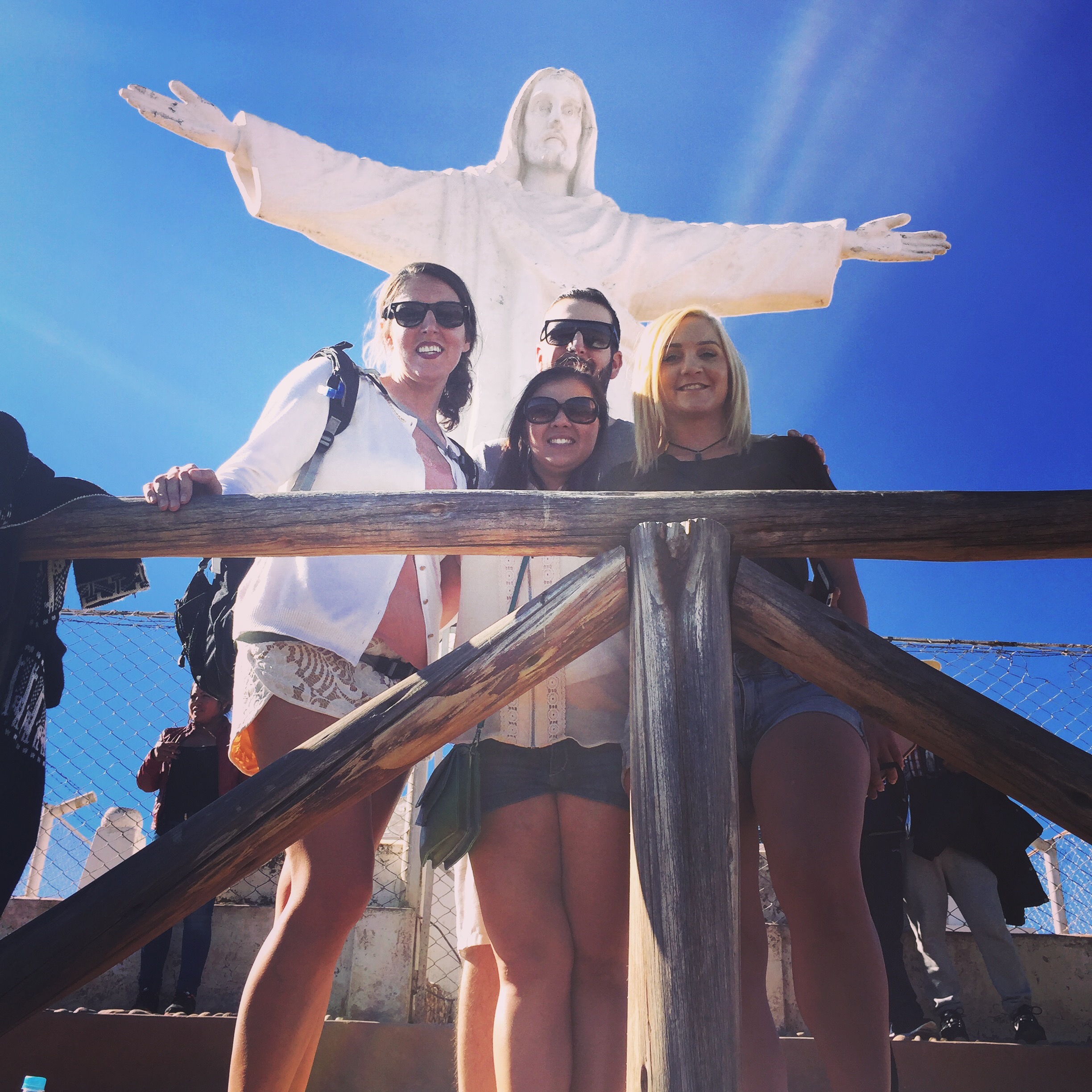
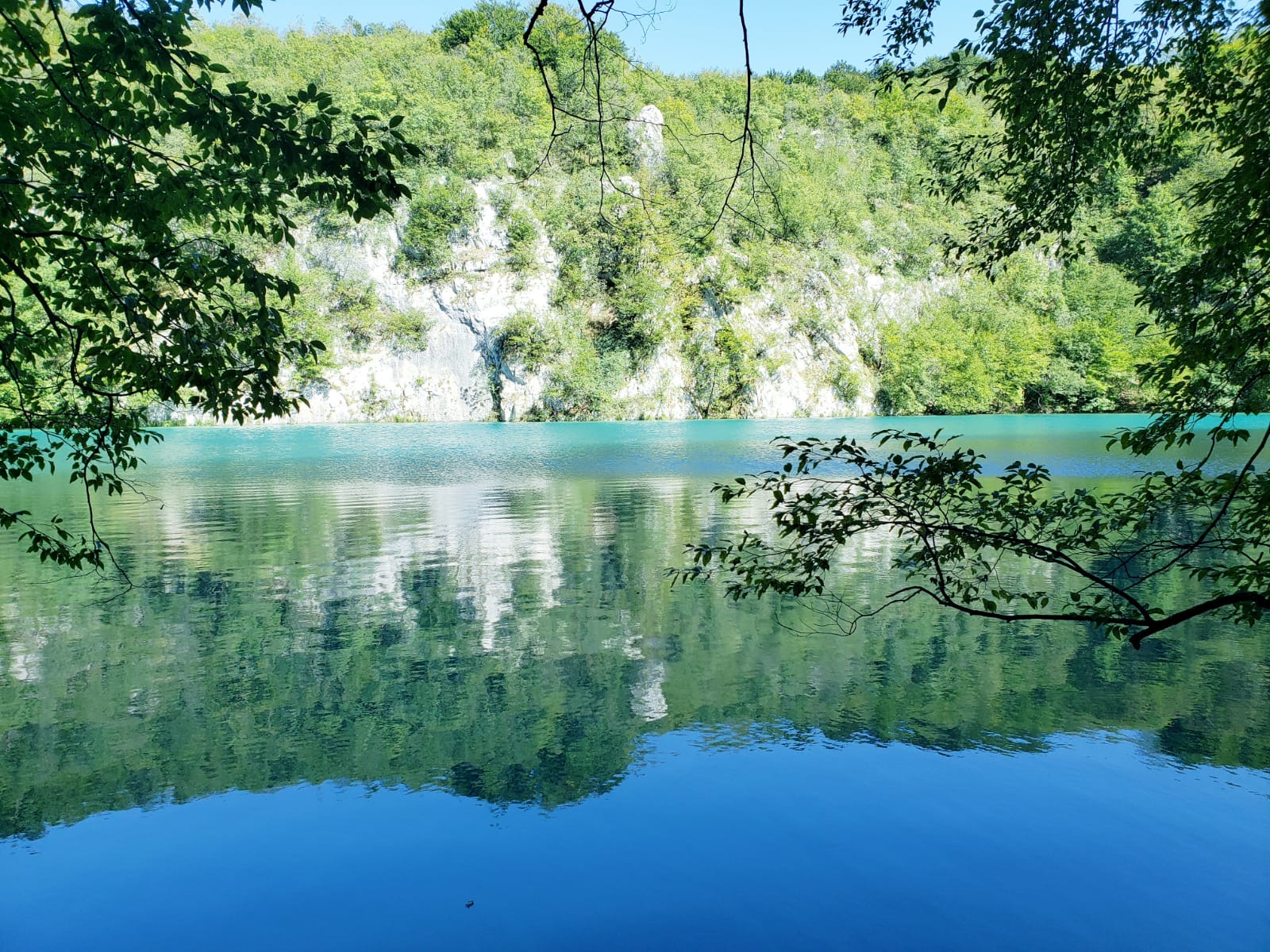
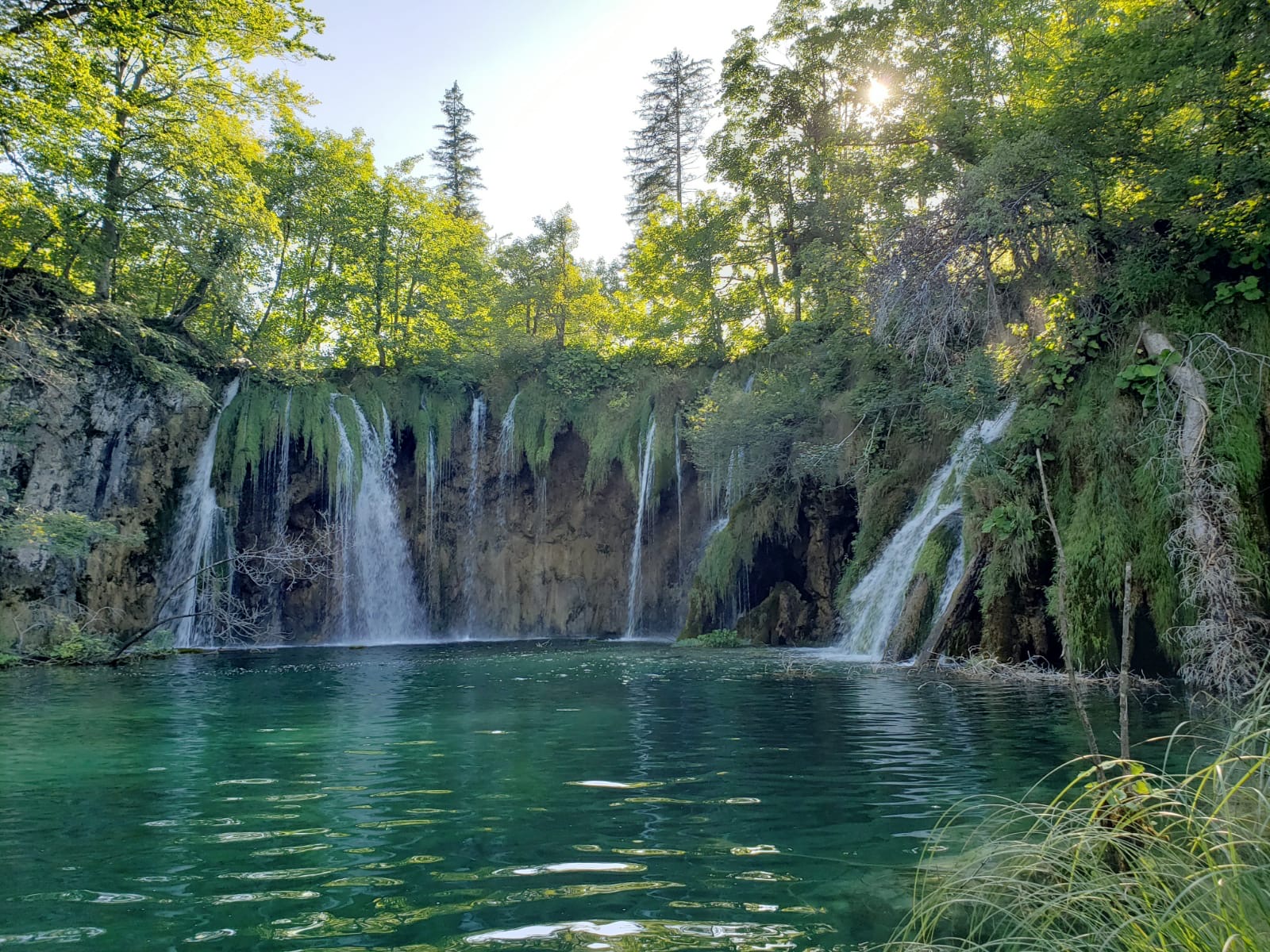
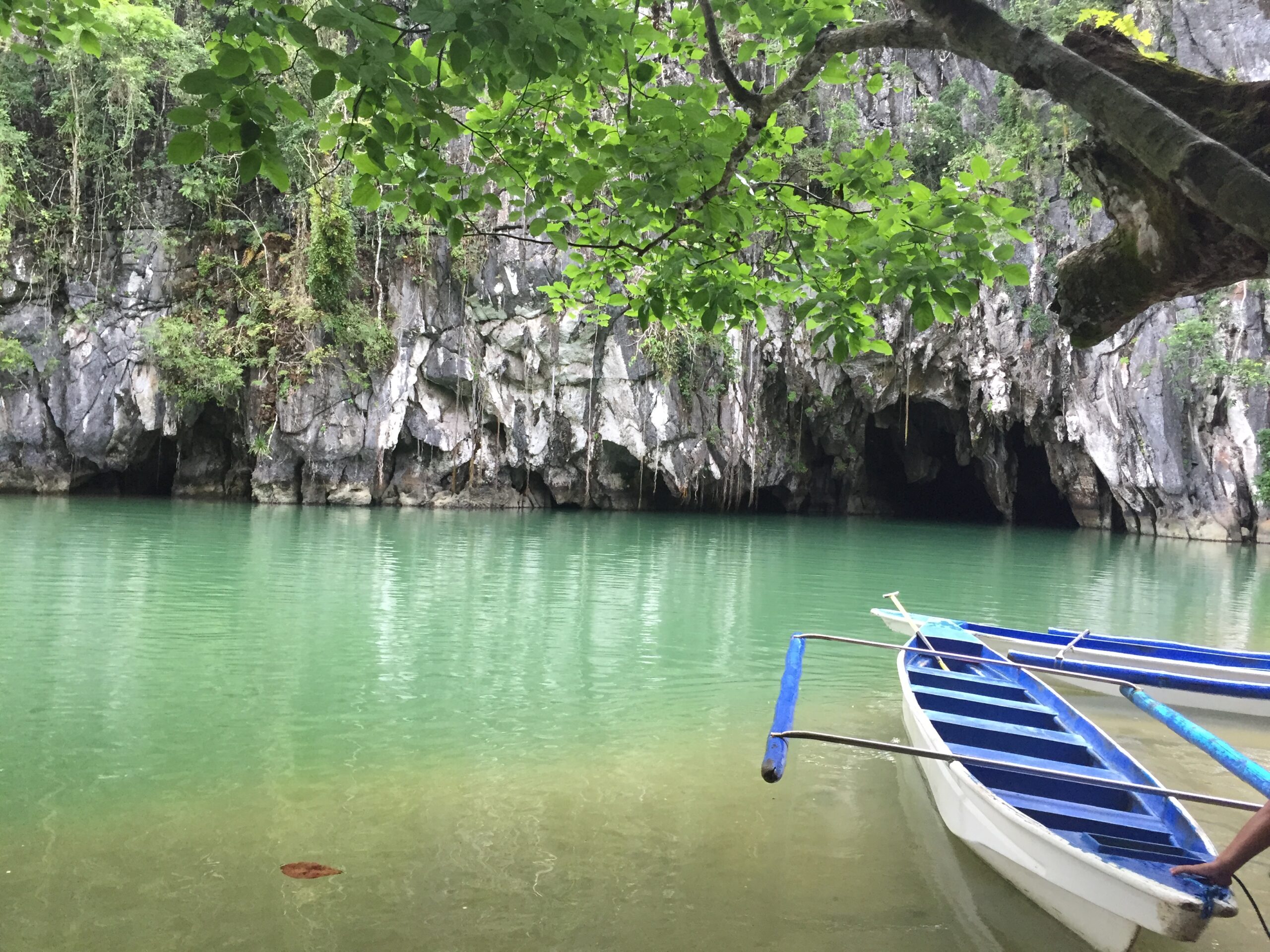
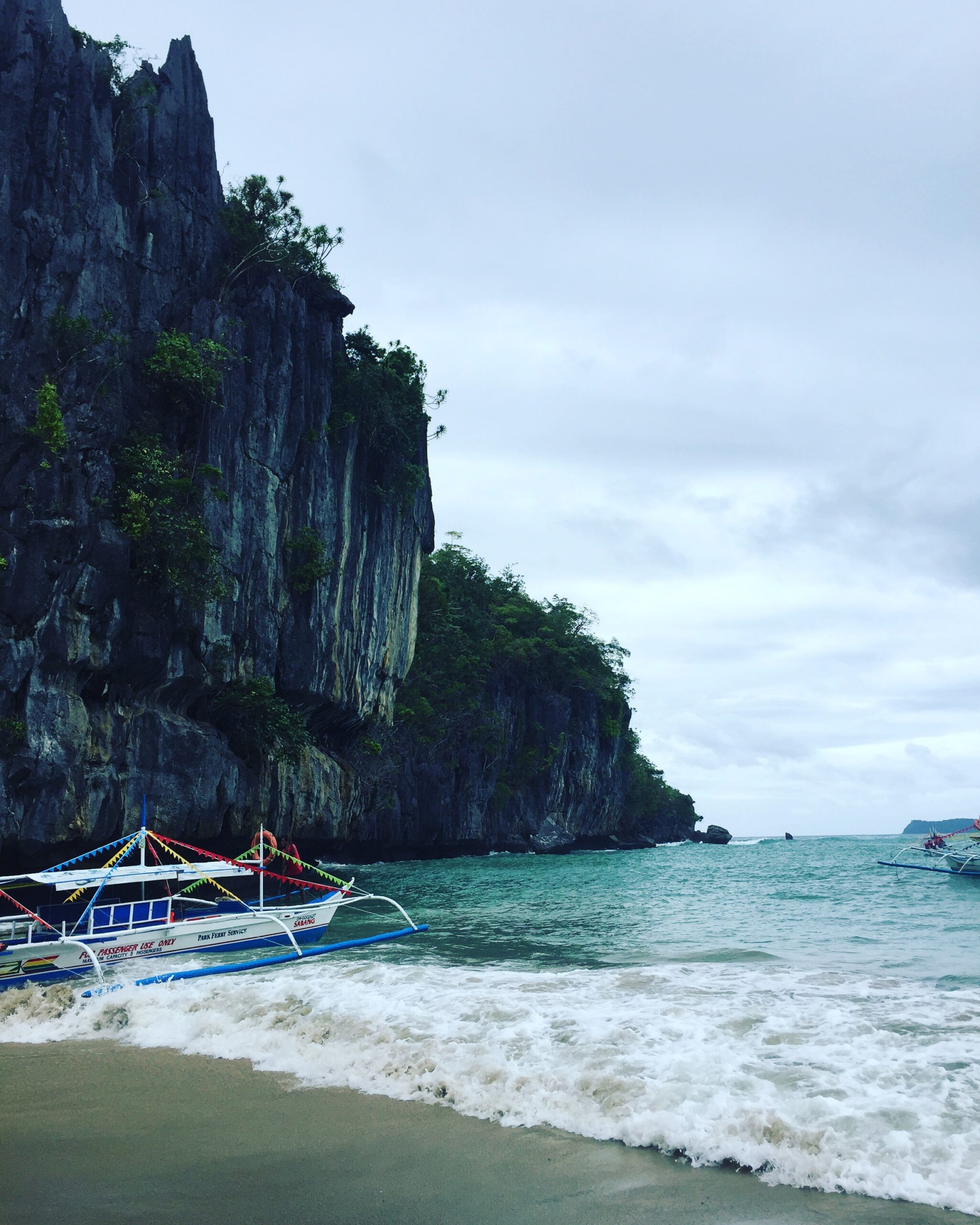
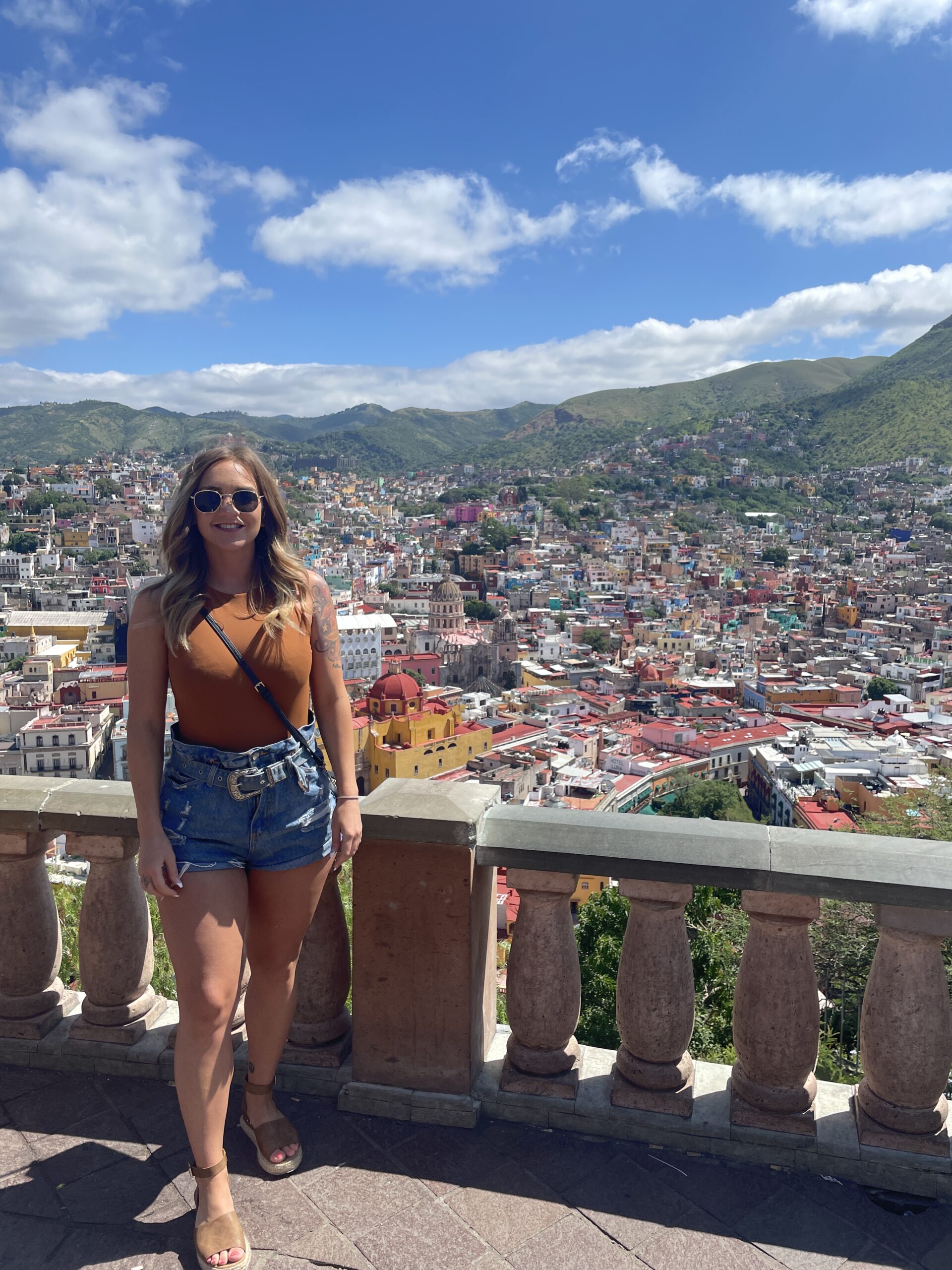
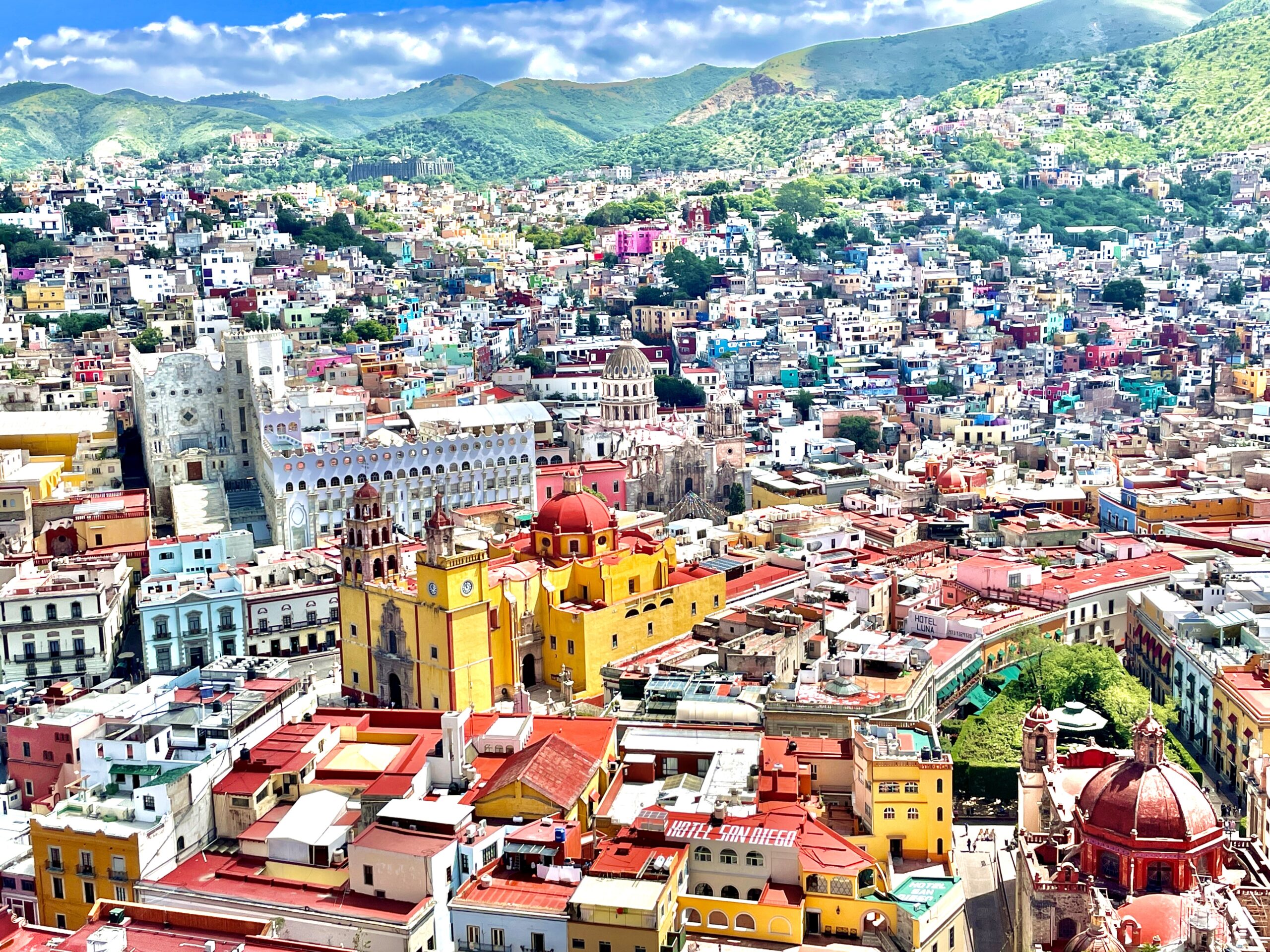
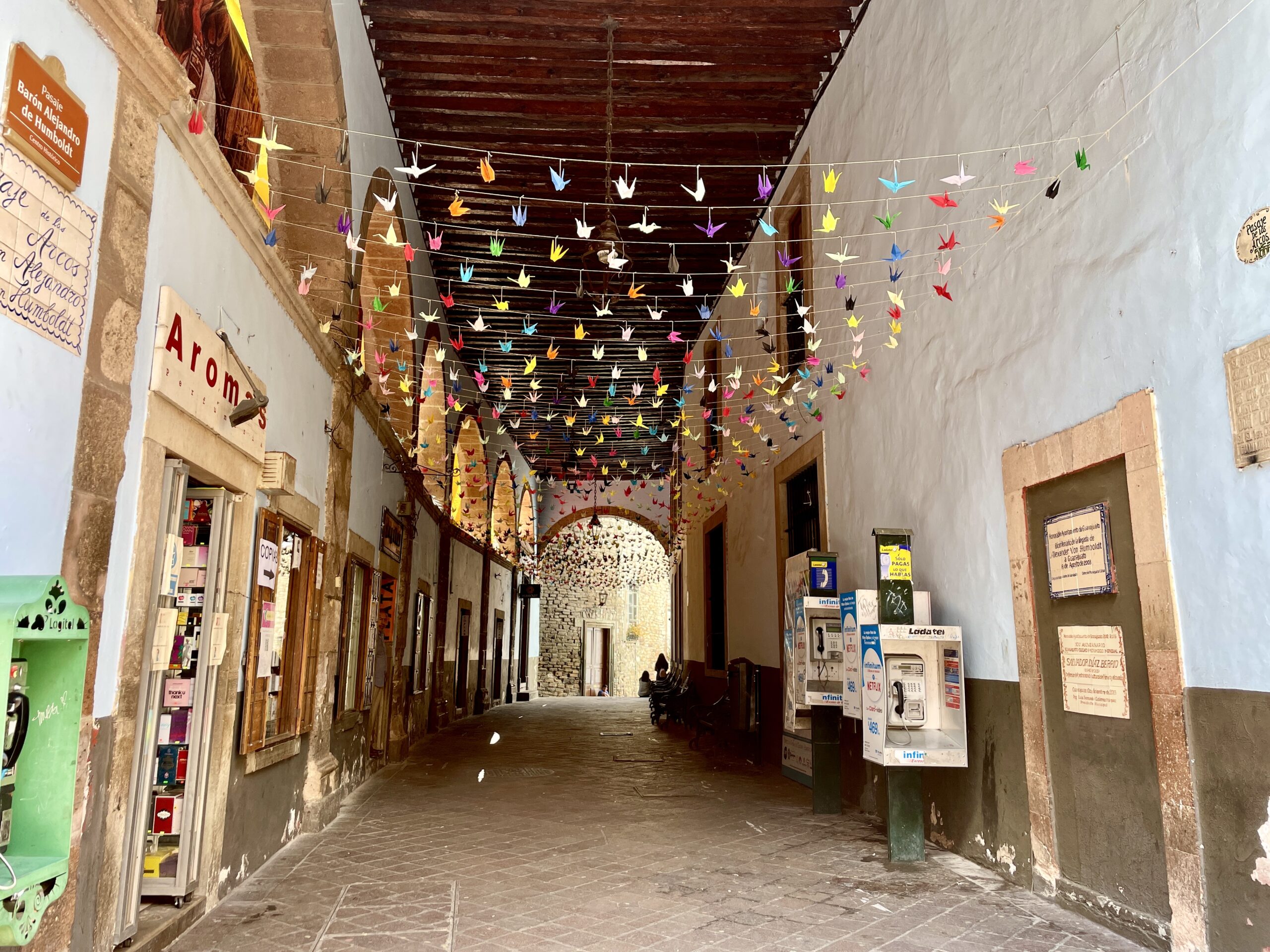
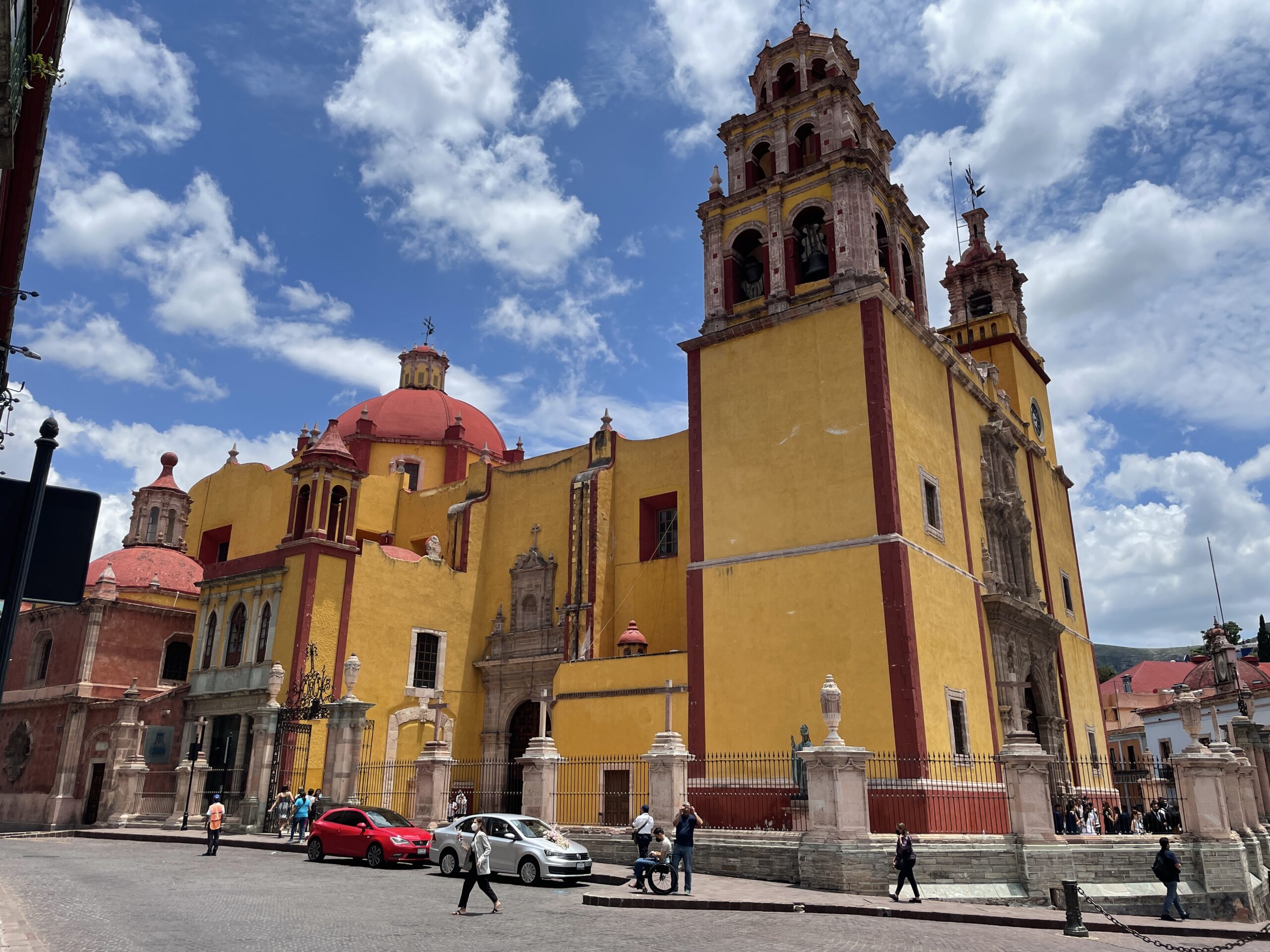
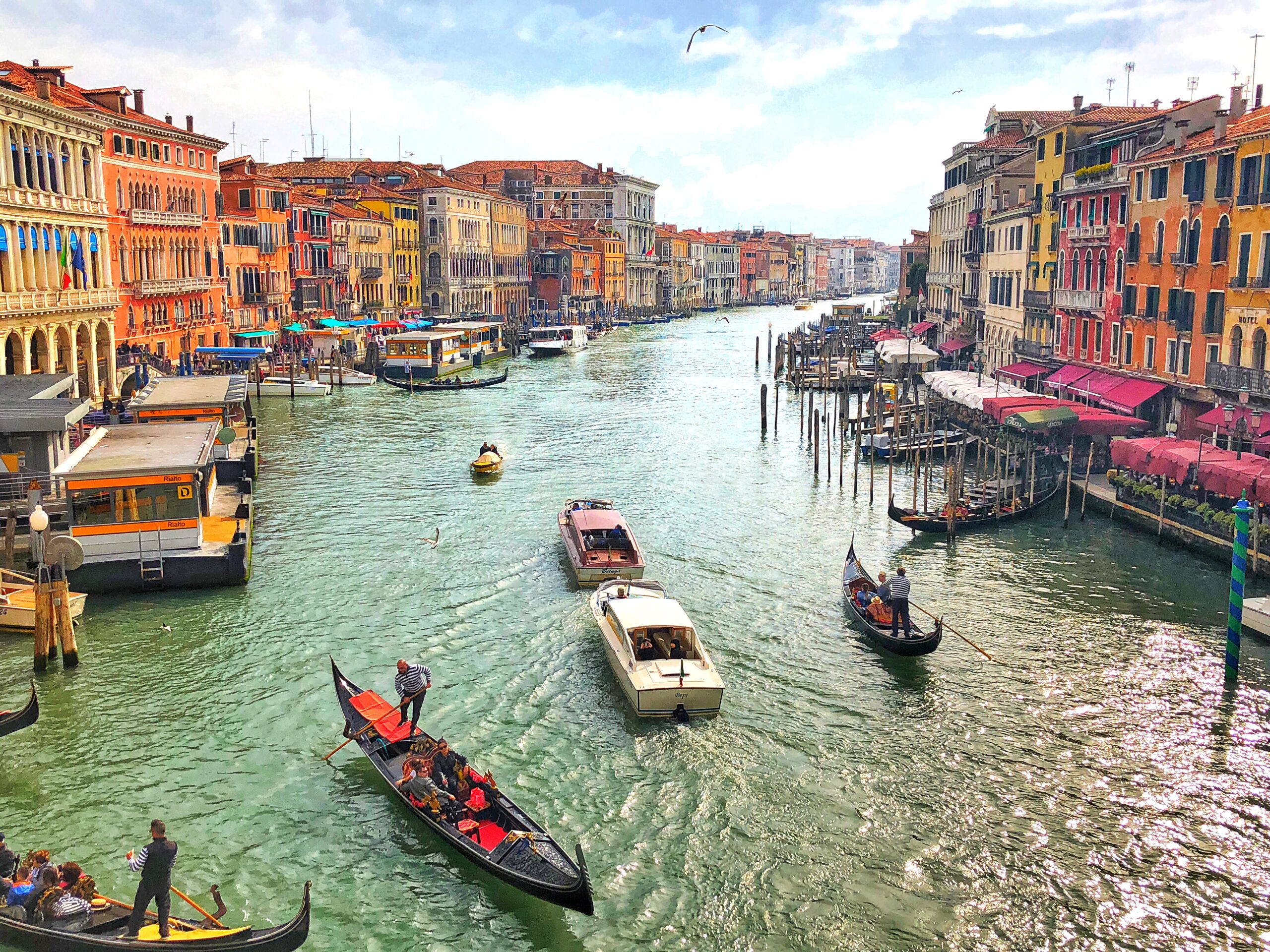
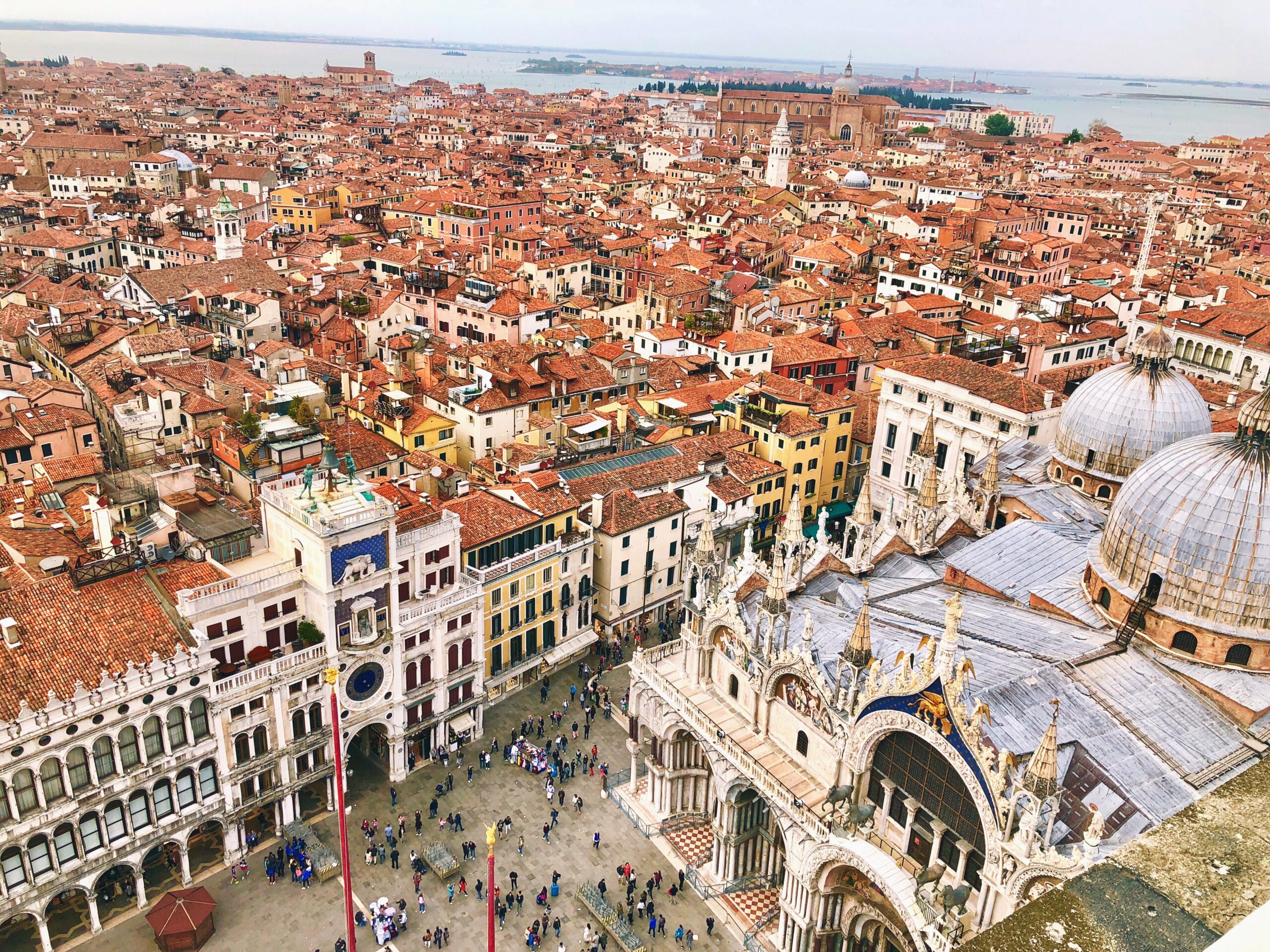
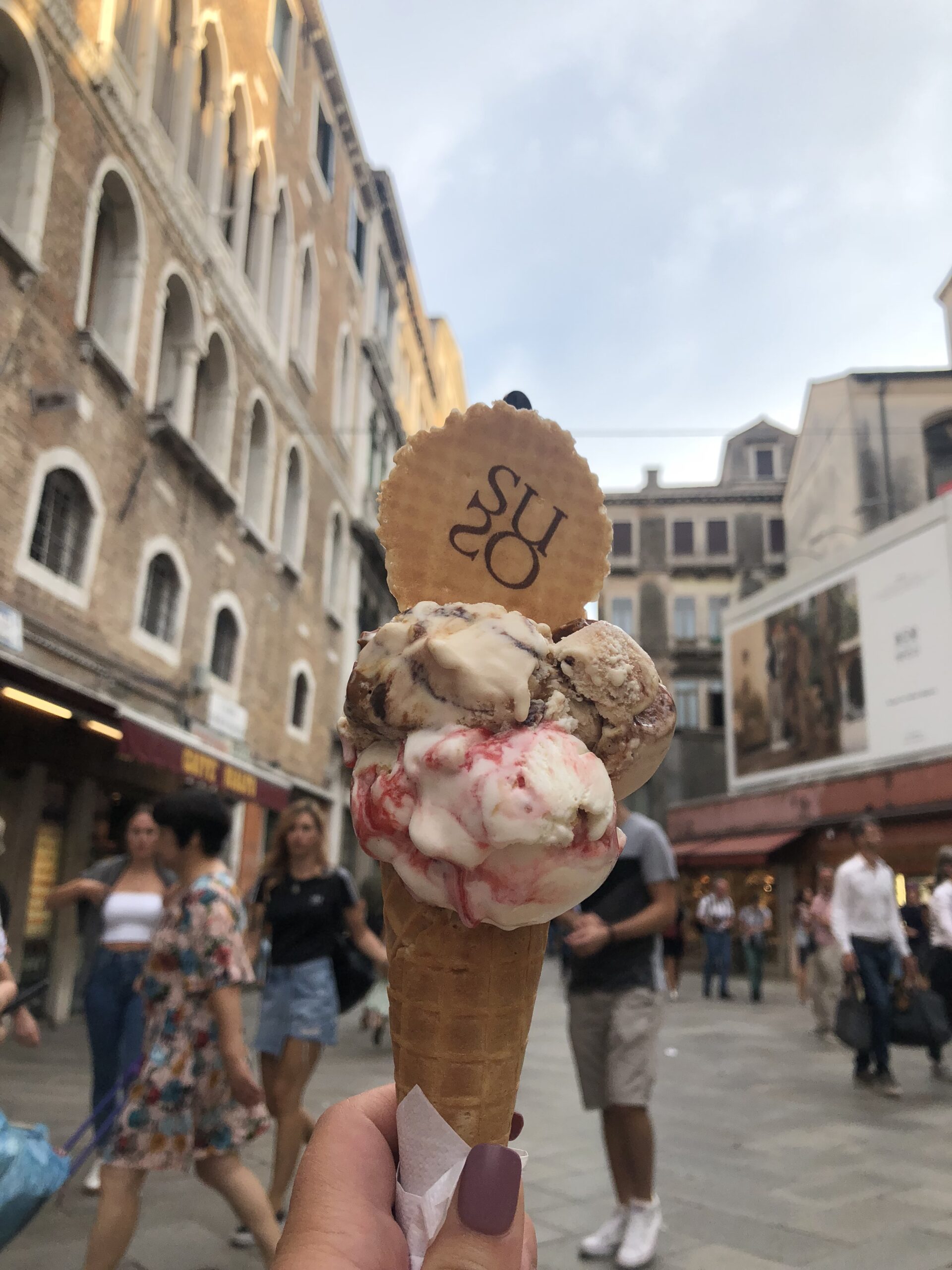
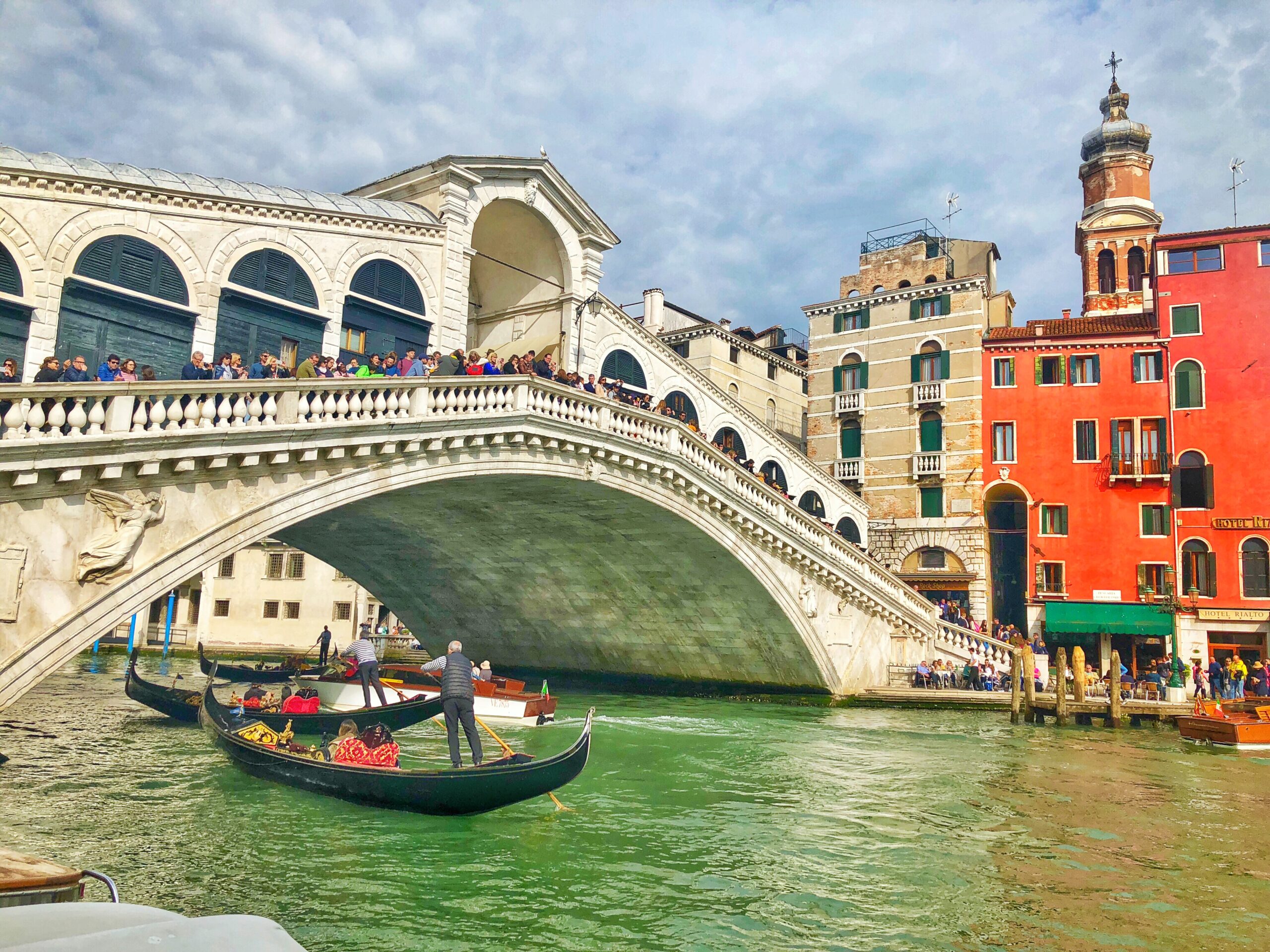
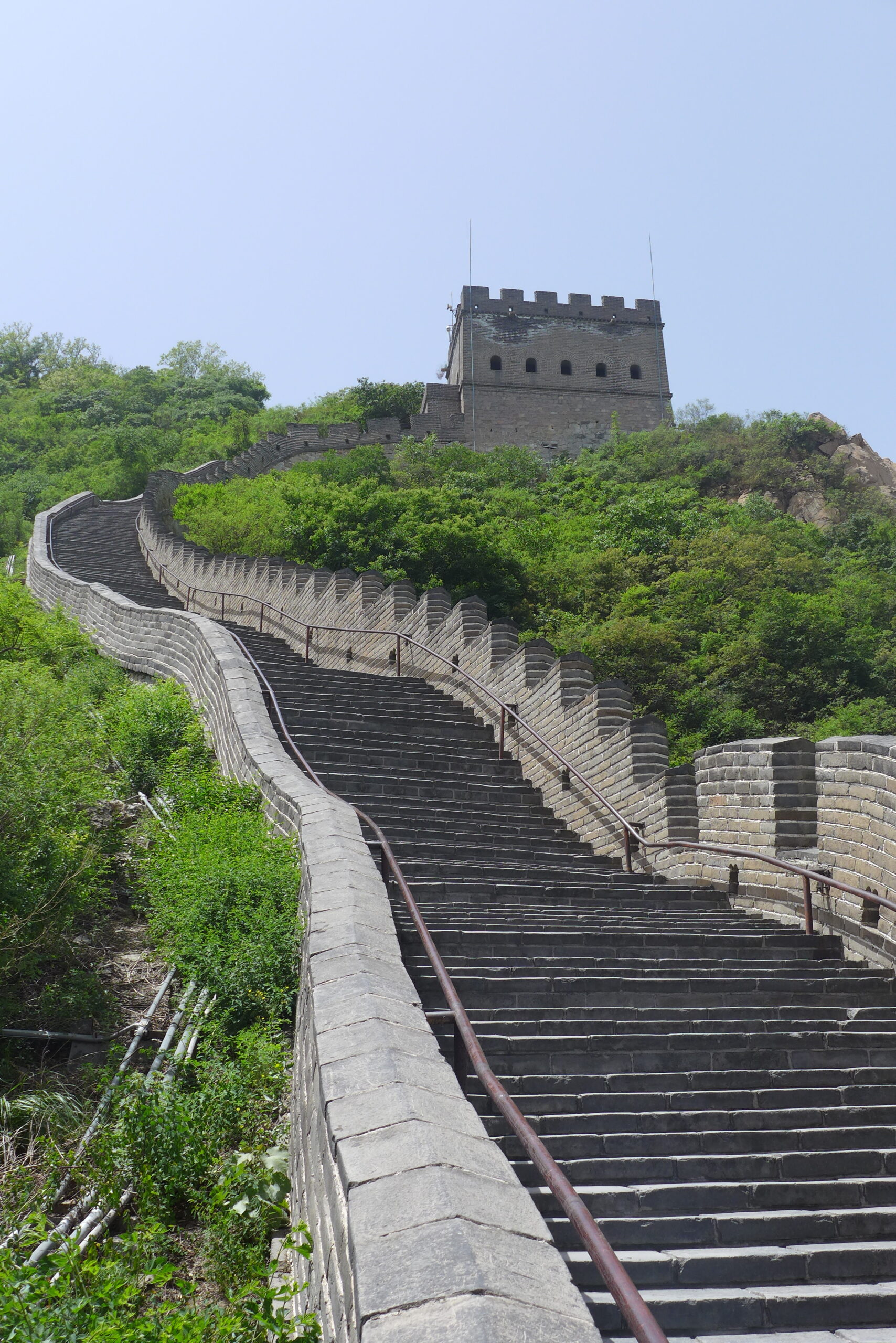
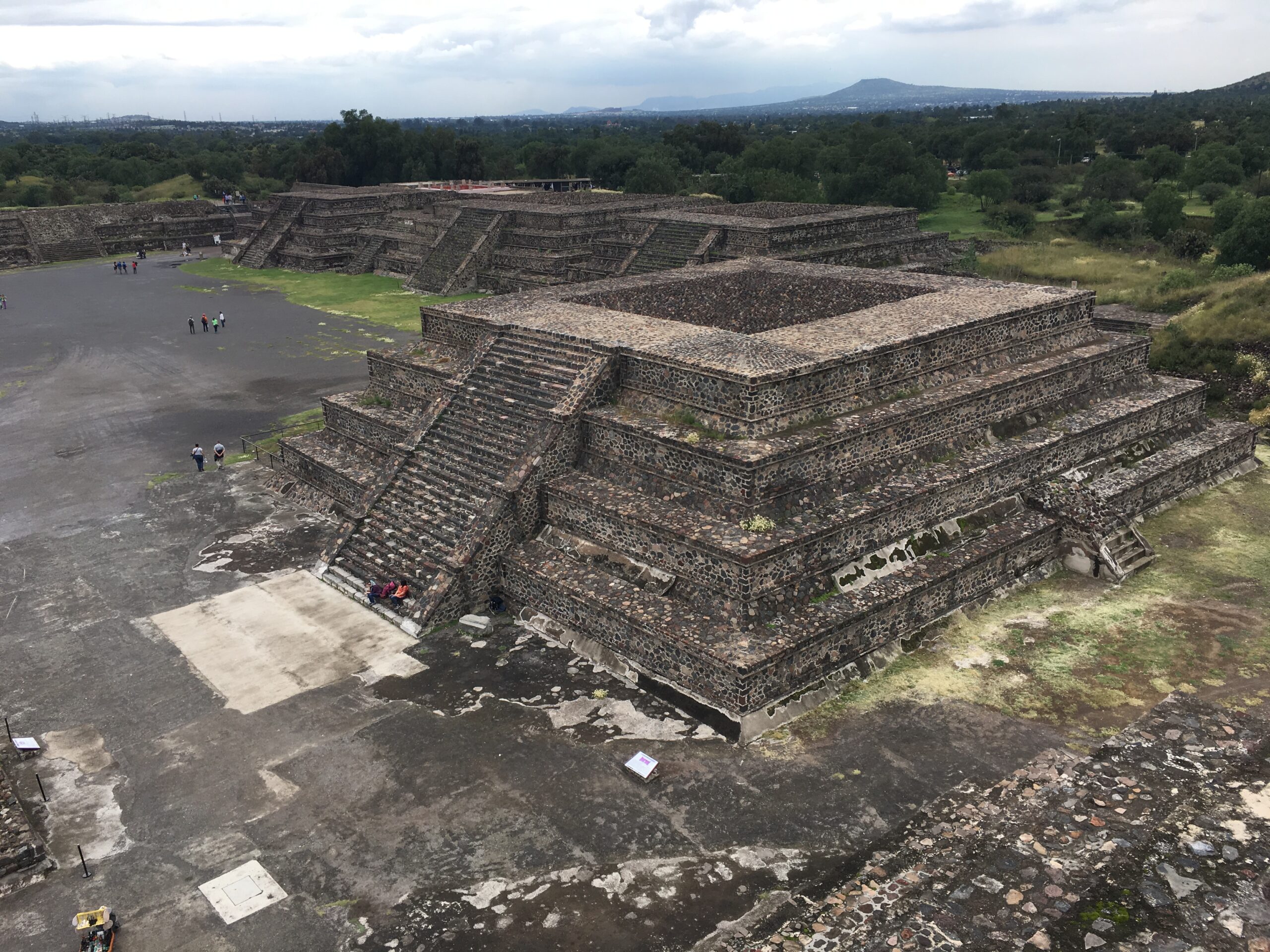
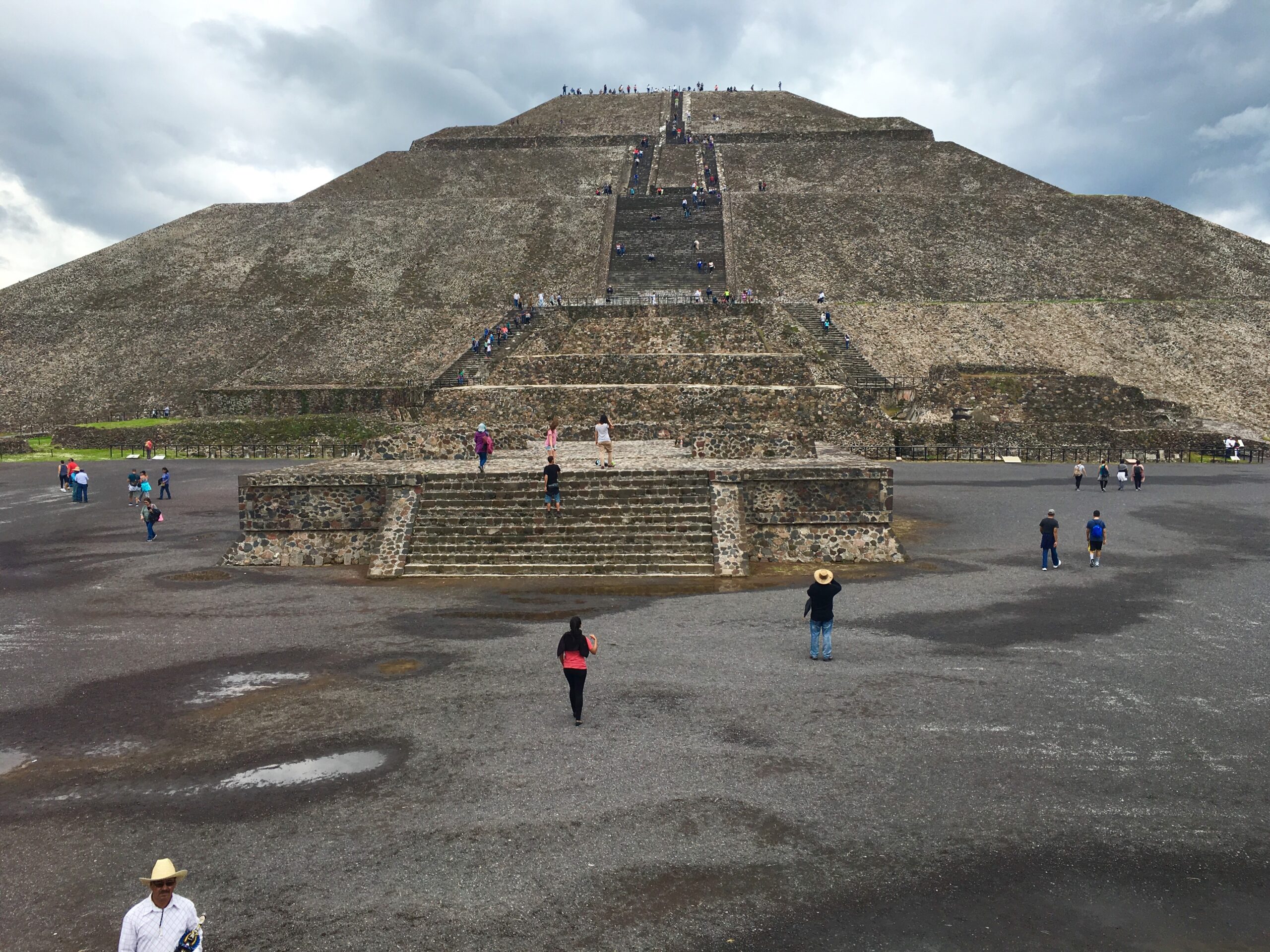
UNESCO World Heritage Sites – Episode Transcript
0 (55s):
Hello fellow travelers.
1 (57s):
Hey Squadies!
3 (58s):
Welcome to this week’s episode of the Travel Squad Podcast. Today, we’re talking all about UNESCO world Heritage Sites, or is it UNESCO? I never know which one to say. UNESCO UNESCO. What do you think ladies?
2 (1m 12s):
I say UNESCO.
1 (1m 13s):
I say UNESCO.
3 (1m 14s):
So I never know. I hear it each from both of you. So I call it interchangeably. So if we do that throughout this episode, that’s what it is.
2 (1m 22s):
So UNESCO world Heritage Sites are essentially landmarks that are designated by the United nations for having some kind of significance. And that significance could be cultural, could be nature, could be historical, could be scientific, could be something else. That’s just special. For some reason that they designate, if a site has this designation, you know, it’s going to be amazing. Every single one of ’em is so unique for some reason or another, you could truly plan all your vacations around just seeing these Sites. And you know, you’ll be in for a treat.
1 (1m 55s):
Yes. I love UNESCO world Heritage Sites, especially when entire cities are designated as them. You feel like you’re being transported back in time, back to that era. And there’s just so much historical significance to the Sites. And a lot of the times there are a lot of great walking tours to really dive into the history.
2 (2m 15s):
Ooh, I love me walking tour. I
3 (2m 17s):
Know you do too. And ancient ruins. Get you going too. So, I mean, this is this episode’s right up your alley
1 (2m 23s):
And UNESCO stands for United nations educational scientific and cultural organization, and they have 1,121 monuments in 167 countries as world Heritage Sites.
3 (2m 37s):
Well, we’ve been using the word monuments. I feel like we should say designations cause not all of these things are buildings. I mean some natural places like even Yosemite, Yellowstone, national park, other national parks in other countries and places of nature are designated UNESCO world Heritage Sites. So, you know, it could be anything like we said, from the ancient ruins to nature that scientific entire entire cities. Yeah. So really, really cool, interesting stuff. And I mean, this is the whole world coming together in a sense and saying these places are special.
1 (3m 9s):
And so today we’re talking about only 10 of them. However, we do have some future episodes planned. We wanna do one specifically talking about UNESCO world Heritage Sites in the us that you could visit. But today we’re gonna be talking about them worldwide.
3 (3m 24s):
And all 10 of these are UNESCO Sites that we’ve been to specifically.
2 (3m 28s):
And what’s funny is you have probably been to some and not even realized that they were
3 (3m 34s):
Absolutely anyone out there who’s been to Yellowstone or Yosemite. Did you know that you were at a UNESCO world Heritage cycle?
2 (3m 40s):
I did not know that until we looked it up earlier today. Yeah.
3 (3m 44s):
And if you live in New York, you’ve seen one yourself and you just don’t even know it too. Probably
2 (3m 48s):
You have to wait for the us episode
3 (3m 50s):
For that one. Absolutely. I’ve already given you two. I’m not gonna give you another one. Just letting you know it’s in New York.
1 (3m 55s):
So number one on our list is The Great Wall of China, China, and we as a Squad actually visited China back in 2017 while we were on a guided tour with gate one and we visited a section of the great wall near Beijing.
2 (4m 10s):
The Great Wall of China is fucking great. It’s huge. I mean, it has so much historical significance from that part of the world and that era of time, but I feel like it’s something everyone’s heard of. And when you’re actually there, it’s like bigger and more amazing than you’ve ever seen in pictures.
1 (4m 31s):
I mean it’s 5,500 miles and it took 2000 years to construct
2 (4m 37s):
And it’s not a wall. It’s like a pathway up mountains and stairs and there’s an easy side and a hard side and million other sides we didn’t even see.
3 (4m 46s):
So it is a wall, but you are correct. I mean, there is a pathway on top, it’s a military fortress and little stations in between and towers. So it has all of that. And I mean, you guys were just raving about, oh my gosh, like the great wall. I mean, our last president is still talking about the great wall and saying how great China did when he was trying to build a wall over here. You know, I mean, it’s still referenced in that sense. Also
2 (5m 10s):
He’s obsessed with walls and I get it. This is an amazing wall,
3 (5m 14s):
But basically the Chinese really built it back in the day as a, again, military protection to stave off invasions from people in Mongolia. Right. But here we are still today. It’s lasted thousands of years and it has the UNESCO designation and for great purpose, but beyond the history and the UNESCO of it, it is definitely something that everybody knows and has heard of, which is The Great Wall of China.
1 (5m 40s):
So I did learn while doing some research about this, that there has been one person that has tracked the entire length of the great wall and it took him two years to do
2 (5m 49s):
So. Oh my gosh. The entire 5,500 miles.
1 (5m 53s):
Yep. And I mean, going through mountains, grasslands deserts, going all through those different types of terrains that would’ve been crazy to do,
3 (5m 59s):
Did he do it in one stretch Britney or did he stop and do certain portions at certain times? Like people do the Pacific crest trail that way,
1 (6m 8s):
You know, I don’t really know. I would imagine if he did it that many miles, I would imagine he probably just stayed on the trail.
3 (6m 14s):
Makes me want to go and actually do that. I think that would be really cool.
1 (6m 18s):
Squad trip,
2 (6m 19s):
Squad trip. The first podcast to do the whole 5,500
3 (6m 22s):
Miles. Yeah, that’d be really cool. All right. Factor fiction, ladies, you can see The Great Wall of China from space,
1 (6m 29s):
Correct?
3 (6m 29s):
Fact fiction. What we’ve been told it’s fact, but it is fiction.
2 (6m 34s):
Have you ever been in space?
3 (6m 35s):
I have not. But of the astronauts who have been to space, if you believe in space being a real thing have said that you cannot see it
2 (6m 43s):
Well next year, when space becomes recreational, then we’ll check it out.
3 (6m 48s):
Yes we will. And if you want to hear more about The Great Wall of China, honestly go back and listen to one of our OG episodes, episode three, where we talk about our gate one trip to China. That is a great episode, nonetheless, but we go into great detail about the great wall and that episode also.
2 (7m 4s):
And I think for me having been there, it, and I feel this way about all the UNESCO world Heritage Sites that I’ve been to. You feel like major history is happening exactly where I’m standing and just, you feel small and you feel like humbled. And it’s a really, really cool feeling. And I definitely felt that here at the gray wall,
3 (7m 24s):
Number two, on our list of UNESCO Sites that we’re gonna be talking about is PLE VI Lakes, national park in Croatia. And I just have to say, you’ve probably seen images of this on Instagram without realizing what it is, but here is a place where we’re not talking about buildings. We’re not talking about history. We’re talking about nature out here and just Google it. Pre VI is spelled P L I T V I C E. Cause. However you think you’re supposed to say it and when I’m pronouncing it, that’s not right. So Google it and just get that image. So you know what we’re talking about,
1 (8m 1s):
And this is Croatia largest national park, and it’s located in central Croatia. We also went on this during a gate one trip, but what is amazing about it is it features 16 Lakes that are all interconnected by cascading waterfalls that are created due to the connection of two rivers coming into the area. And so it’s super, super beautiful. I’m sure you’ve seen Instagram photos of it, but the Lakes are beautiful blues greens, grays, and the colors change depending on like the minerals or the organisms in the water or the time of day. But I’ve never seen bluer more pure water than when we went around this national park.
3 (8m 42s):
I mean, the waterfall in the Lakes were just absolutely amazing. And what makes us really cool is it’s not like you’re just looking at it and it’s an overlook. You can go from each level and lake to lake. They have built boardwalk that traverse the Lakes along the side directly through the middle little boats that have to take you from one area to the next also. So it’s a whole like experience to do and see, but again, pictures just don’t do it justice as beautiful as the videos and pictures are that you see. I mean, when you’re there, it’s just mind blowing that this actually exists in the world. I mean, 16 interconnected Lakes by waterfalls. That’s wild to me.
1 (9m 21s):
So we left our tour group because we didn’t wanna do the tour with everyone. So Jamal and I said, you know, since we’re staying in the national park, can we go off on our own and just make it back for dinner? They were like, oh yeah, absolutely. So we did our own trail around the boardwalks and there’s a different entrances that you can go on. And so we started at entrance one and there’s a huge waterfall there. And so it’s pretty crowded in that area, but the farther and farther you walk into the park, the more secluded it gets, the less crowded it is. You have areas to it by yourself. And then if you hike to the end, which is where like entrance three is, there’s a shuttle that will take you back so that you don’t have to do the walk all the way back. But if you wanted to, you could do that as
3 (10m 1s):
Well. Yeah. And we visited here with a gate, one trip, like we said, shout out gate one. We mentioned gate one twice now, already. And no one’s given the shoutout. So I’m gonna go ahead and shout it out back in 2019 full episode, all about it. Not just BLE pizza, but our whole tour through Croatia, Slovenia, Montero, episode 14, really good. One highly recommend. That’s a part of Europe. Not a lot of people go to a lot of people go to Croatia, but those other countries we mentioned not so much. So listen to episode 14 and get inspired.
2 (10m 30s):
Do you think that if you would’ve did the tour part with gate one that you would’ve learned a little bit of history of why this is so significant?
1 (10m 38s):
Probably I would imagine we would have, but we did stay around for the very beginning and we did get some of that, but I don’t think they went that far. I think because it was a guided tour with elderly people at times, they didn’t do all of the hiking. So I don’t know how much of that history they would’ve really gotten in all of the other areas.
2 (10m 58s):
Yeah. I think this is a really good example of how nature can just blow your mind. Not at all the same, but you think about what is that? I should know the name of this off the top of my head, but up in New York and Canada, that big
3 (11m 12s):
Niagara falls,
2 (11m 13s):
Niagara falls. Thank you. That’s like a wonder of the world, right? And this is kind of on that same level.
3 (11m 19s):
And quite honestly, having been to Niagara falls has nothing on fleet visa.
1 (11m 25s):
Some people wonder if you can swim in the Lakes, you actually can’t. It is a preserved and protected area. So this is one where you cannot swim in the Lakes.
2 (11m 33s):
Number three, on our UNESCO world Heritage Sites list. We have Venice, Italy, and it’s Lagoon.
3 (11m 40s):
I’m actually excited to talk about this one because this is one that we’ve all been to, but separately, not as a Squad, obviously Brittany and I have been, and you have gone to Venice yourself, Kim, but again, not with us.
2 (11m 51s):
Right. And we did a whole episode just on Venice because this place is absolutely amazing. So if you wanna go back to episode 19, you can hear a lot more in depth about it, but I think Venice is one of those places that you hear about you see, it’s amazing. And I think it really does live up to it. Everything you see in movies is what you see when you get there. And some of the things that you definitely will see are all of the canals and boats that are going through the entire town and all of the little alleyways, which I think were arguably cooler than the canals themselves.
3 (12m 25s):
I don’t disagree with you on that. I think the little narrow alleyways, and obviously there’s the main pass, but if you actually go off the main ones a little bit more narrow that really truly get to the residential areas. Not that you want to like trespass on people’s property or anything, but you know, when it gets secluded and it’s a little bit more unique than where all the crowds are on the
1 (12m 44s):
Big path for like the mom and pop shops or like in those alleys. And so that’s really cool. I didn’t realize that no cars are in Venice until we went. I just thought, you know, it was a town that there’s probably like some streets with cars, but they really have it all blocked off. It’s just alleyways. It’s a walking town, stairs, bridges, canals, boats. That’s what
3 (13m 5s):
You see. Yeah. So if you wanna get from one place to the next and don’t want to drive they’re water taxis. I mean, that’s what you really, really have to take. But I mean, everyone has seen photos and images of Venice. There’s so much history beyond the beauty of just the city being built on the canals. They have the DOE palace and, you know, he was more fashionable before doge became a coin. You know, like here he is, I’m just kidding on that one bad attempt at a joke. But basically, you know, the doge palace is built in this Venetian Gothic style. That’s from the year 1340, so old, all this awesome history that you have there. And that’s one thing I regret is that we didn’t do the actual tour of Doche palace when we were there
2 (13m 45s):
Was this because Brittany was a little
1 (13m 47s):
Inappropriate in my drop desire and pretty much getting kicked out of the church. I don’t know, but I will say, although we missed the doge, the churches and basilicas in this area are so beautiful. It’s just like how much work went into that and like how significant they are. It’s really amazing to see, like inside the Saint Mark’s Basilica, it’s covered in mosaics and it took centuries to complete. And so it’s just crazy to
3 (14m 18s):
Me that St marks Basilica is the one that Kim is referencing where Brittany had to wear a covering because she was wearing something a little too scandalous to go into a charge, which again, you know, we say it as a joke, but honestly it’s a matter of respect, right?
2 (14m 32s):
How dare you show your shoulders, Brittany,
1 (14m 34s):
I know is wearing a wrong a little, I think a little too sure. A little too much cleavage.
3 (14m 38s):
And I guess that’s a good Squad tip. If you wanna go into the St marks Basilica or a lot of the churches that they have in that area, you do need to be dressed a little bit more, more appropriately with not a lot of skin showing in certain areas for women. If you do actually wear a tire that day, that has, you know, skin and things like that, showing they will give you some sort of covering to put on. I don’t remember at this point, did they charge you to use
1 (15m 8s):
It two euros,
3 (15m 9s):
Two euros? So if you want to go in, yeah. They charge you for your robe covering because you’re dressing a little too scandalous. So do keep that in mind.
2 (15m 16s):
And I will say that Venice is a little bit of a higher priced city compared to the rest of Italy, but you can also just spend your time walking around, walking around the alleys, the bridges, the boats, and you don’t even have to spend a penny and you can really enjoy this place.
3 (15m 34s):
I don’t disagree with that. I will say that in hindsight, Brittany and I should have spent a penny. So we were actually not specifically like, oh, we’re in Italy and we’re going to Venice. We were coming off of that tour with gate one and Croatian the other countries that we mentioned, and we just happened to be flying out of Venice. So we wanted to spend a day. So I think partly because we were on the tail end of like a, you know, 12, 14 day trip. That was the last one before we got home, we were a little bit tired, but it’s one of those things. And we’ve had this conversation and said before many times on the podcast, when you don’t know the history, sometimes it’s not as enjoyable. So it was fun to walk around and see, and it could be for free, but that’s why I say we should have done the doge museum or like one of the tours and had somebody give us a little history, cuz I feel like I would’ve enjoyed it more having that piece.
2 (16m 21s):
I think it would be really cool. Even though this is kind of a sad thing that’s happening to Venice is when it rains. And I was actually there when it rains and I could see the water of the canals starting to rise up to the sidewalk and street level. But when this happens, usually every single year, it will start to flood Venice. All of the stores it’ll rise up sometimes to like knee or even thigh high. Oh crazy. And this is happening and, and they’re trying to figure out a long term solution for this. But I think it, even though it, like I said, it’s kind of sad. It would be kind of cool to also be there when it happens.
3 (16m 52s):
If you were prepared with the clothing for that. I think so you could even just Google images or videos of that and find it on YouTube. I am sure. Because a couple years ago when they had like the last big one you’re right. It was up to like waist high on some people just treking through there. They’re like, I’m on vacation. I’m not stopping it from me, seeing Venice, you know, just roaming through,
1 (17m 12s):
You know, and I wonder how they’re gonna find a long term solution because this is a UNESCO world Heritage site. And so there’s only so many modifications you can make to an area when you’re a designated site like that.
2 (17m 24s):
I watched something on the history channel a few years ago and they were talking about digging or creating like sand bars around the Venice islands to protect from water coming in. Okay. And it’s definitely a long-term project. Right?
3 (17m 39s):
Well, they’ve done it in Amsterdam. If you think Amsterdam is below sea level, they’ve built dams and little reservoirs around to prevent it. They can definitely figure it out for Venice.
1 (17m 49s):
But while we were in Venice, my final thoughts is I ate some of the best gelato I’ve ever had in Venice. Oh my God. It was so good. And we also picked up some lemon, cello chocolate almonds. Wow.
3 (18m 1s):
I enjoy the lemon cello chocolate almonds more. And there’s a store that will actually give you free samples of them. And that’s what sold us to buy it. They were bought.
1 (18m 8s):
So number four on our list is the Hiroshima peace Memorial park in Hiroshima, Japan.
3 (18m 14s):
Yes. So I’m sure all of us have heard of Hiroshima. It’s very, very sad. This is the first city to ever have a nuclear bomb detonated over it. And obviously now the city of Hiroshima is alive and thriving, but they do have an area directly above where the bomb was detonated. That they’ve turned into a peace and Memorial park, which is there to advocate for world peace. And obviously as a reminder of the destruction and pain, that war can actually cause. And you know, Kim, when you were talking about like at the great wall, like history was there, like you felt it, like they built something like this. And I know you weren’t on that trip. When we went to Japan, this was one of the coolest yet eeriest feelings I’ve ever had on a trip like being here and just seeing like the one building that happened to actually survive the detonation within the radius because it was detonated directly above.
3 (19m 9s):
So the shock wave went out and here, this one is still standing. Wow. It’s the focal point of it. I mean, it was crazy. It was wild.
1 (19m 17s):
Yeah. There’s definitely a lot of history. And it’s one of those places where you wanna pay a lot of respect. You don’t wanna take those wild Instagram photos. You, you just wanna take photos because of the significance and you definitely feel heavy while you’re there. But it was definitely cool to see. We didn’t stay in Hiroshima. We actually took a day trip from Hiroshima, from Kyoto. And while we were in the area, we visited this, like Jamal said, we saw the atomic bomb dome, which is just the outline of the structure of the building, where the bomb was dropped. And then we saw the Hiroshima center TA, which is like a grave monument for some of the unconfirmed bodies that died due to this. Like you learn things like it was designed like an arch to shelter, the souls of the victims.
1 (20m 2s):
And when you look through it that arch, it perfectly lines, the atomic bomb dome. So you just feel that significance in that history while you’re there.
3 (20m 11s):
I mean, it was just a crazy juxtaposition of like, okay, I know what happened here. And here’s this thriving city now rebuilt all around it. Like if you Google things to do and here Ashima, you’re gonna find a lot more cool things to do then actually go to this. Right? And so it’s just wild knowing like, Hey, this is what’s happened here and look what they’ve built around it. And in a sense, life goes on, but he really, the Memorial park is that reminder to strive for world peace. For sure.
1 (20m 41s):
If you wanna hear more about Japan and this, we talk about it in episode 43. So go back and check it out. Hey travelers, let’s take a quick detour to talk all about our traveler itineraries that we’ve created just for you. We now have six different trip itineraries one week in Kauai,
2 (20m 58s):
An American Southwest weekend or road trip,
3 (21m 0s):
A in Yellowstone and grand Teton, national parks,
1 (21m 3s):
A road trip adventure featuring all three of Washington states, national parks,
3 (21m 8s):
Big island, Hawaii, and an Arizona road trip that features all three of Arizona’s national parks.
2 (21m 14s):
We are obsessed with these. These itineraries are 20 to 30 page PDF guides with every detail of the trip laid out. We’re talking where to fly into the exact route to take where to stay park entrance prices, where to eat and driving distance between attractions plus what things to see and do even the hikes we recommend and their mileage and the time to all allow for each one and so much more.
1 (21m 35s):
We have story highlights on our Instagram at Travel Squad Podcast, where you can see the full guides. We’ve done all of the research and have taken these exact trips, taking out all of the guest work from the planning. So all that you have to do is show up and have
3 (21m 49s):
Fun purchase your comprehensive Travel Squad Podcast, itinerary on our website at Travel Squad, Podcast dot com, best of all, they’re on sale right now for $30. So travel on over and get yours today. Let’s talk real quick about our sponsor Anchor. We didn’t start out as professional podcasters. So when we started, we chose Anchor because it’s The easiest way to make a podcast.
1 (22m 11s):
There are so many perks to using Anchor first off, it’s free and we love to save a dollar, which means we could put more money towards traveling. There’s also creation tools that allow you to record and edit your podcast right from your phone or computer
2 (22m 25s):
Anchor also distributes your podcast for you and you can schedule out episodes in advance. I love this feature. As soon as the MP3 is uploaded on the platform, you can publish it instantly or schedule it for a certain day. And then it’s automatically distributed to Spotify, apple podcast and everywhere podcast, or listen to
1 (22m 42s):
You can make money from your podcast with no minimum listenership.
3 (22m 46s):
It’s everything you need to make a podcast in one place. And we love tracking our podcast statistics and seeing which episodes you guys like the most
2 (22m 54s):
Start podcasting now by downloading the free Anchor app, we’re going to Anchor dot FM to get started. Number five on our UNESCO list is Baalbek located in Lebanon,
3 (23m 5s):
Lebanon. Yes, we are going to Jamal’s Homeland over here to the country of Lebanon. We have a full episode on our trip to Lebanon and Dubai episode 31. You should definitely go look at it, but Baalbek what is Baalbek? Why is it a UNESCO world Heritage site? And I will go ahead and tell you, this is the spot and location of the best preserved Roman ruins outside of Rome, or I should say Italy, I guess, right? But the best preserved Roman ruins outside of the country of Italy located here in Baalbek.
2 (23m 39s):
I think it’s better than Rome because there were almost no other people there when we visited and this place is insanely cool, insanely huge structures. I mean, and it’s a huge park too, and there’s several different locations other than the giant one in Baalbek nearby too. But because we had so much space to ourselves, amazing pictures, it was amazing. Amazing, amazing, amazing. I was just revved up. I was going,
3 (24m 5s):
They get you going. I know they do Kim and it got me going too. I mean, this wasn’t the first time when we went on our Squad trip that I’ve actually been to Baalbek. I mean, obviously on family trips to Lebanon Lebanon before in the past I’ve been, but you know, it’s been a long time since I had been there. And when you’re older, you have a little bit more of an appreciation for it. And I definitely had that sense of sharing that appreciation when we were there together. And it was really, really cool. And quite honestly, I would recommend if you’re gonna be in Lebanon and go to Baalbek book a tour through vior because they go to a lot of the other ancient ruins that they have in the surrounding area. But you do wanna not just show up and not have the history you want that guided tour for somebody to tell you, but just envision best preserved.
3 (24m 49s):
Roman ruins outside of Rome and Italy. I mean, it’s fantastic what you’re gonna see there. And as a matter of fact, one of the largest carved stones in the world is located here in Baalbek. So if you wanna see the largest stone ever carved by human beings, that’s still kind of sitting there in the quarry area. You can check it out here and that’s a feat and amongst itself,
1 (25m 11s):
Which we learned is in a graveyard. Do you remember that?
2 (25m 14s):
I learned a lot of things and the Romans, they were a bunch of partiers and a bunch of swingers.
3 (25m 21s):
Yeah. I mean the best preserved temple that they have, there is the temple of ACOSS and you’d go in and you see still etchings on the stone of people drinking wine of the grape grapes and orgs. And I mean, I’m being honest. This is what you see there. And that’s what Kim’s talking about, where you really realize how wild the Romans were. I mean, this whole temple was dedicated to that. And just one of the temples there, the temple BCOs, there’s more temples that is for sure that are still on the side of Baalbek.
1 (25m 48s):
Yeah. Like the temple of Jupiter. I mean, the columns that were on that were like 20 meters high and it took three centuries to create that temple. And so it’s just crazy to see that, but like Jamal said, we did take a tour and I would highly recommend it cuz you do get the history of it. We also got to stop and eat in different places and try some of the local cuisine. And so I really think that tours and day trips are a really good way to get a feel for the area and the country and the history of what you’re gonna see.
2 (26m 19s):
The tours are fantastic and, and Lebanon, they speak Arabic. And so to take a via tour, they are going to have it for you in English. And I think it’s also a really good idea to take the tour because if you are looking up information about Baalbek, you might be put off by the area that it’s in or wondering about safety, but to be going with a VI or tour gives you a little bit more safety and protection. Not that you need protection, but that you’re being taken care of and you don’t have to worry
3 (26m 46s):
About it. Yeah. In Lebanon, I’m not just saying this cuz you know I’m from there and wanna wrap it. I mean, it is a very safe place, but it’s one of those things like here, you know, you, you hear a lot of people say, oh, like about Mexico and a certain region. Well, I mean, you’re gonna hear that like a lot of places of where you go. And so that’s what Kim’s talking about of where Baalbek is located within Lebanon, Lebanon, but again, very safe place. And the tour itself, just not even of Baalbek in general was great. We went to the winery region, we got some wine tasting. We had all the restaurants ate, the Canna fee, went to the other ruin. So really recommend doing it through a guided tour when you’re out
1 (27m 22s):
Here. And I don’t know if it was the time of year where we went cuz we went in January. But we mentioned earlier, we were like the only ones there. We had the entire site, we got to take our time and we weren’t rushed and we didn’t have people in our pictures.
2 (27m 34s):
And so nice when you compare it to the Roman Coliseum where you’re being moved around like cattle.
1 (27m 40s):
Yeah. Really enjoyed
3 (27m 43s):
Lebanon. Number six is gonna be the Pre Hispanic city of Thete WAAN, which is located. I don’t wanna say in Mexico city, but just outside. So you would be in Mexico city if you’re gonna go here tote
2 (27m 56s):
WAAN pyramids.
3 (27m 58s):
Hello. Not only that two pyramids
2 (28m 0s):
Kim, not one but two and many other smaller beginnings of pyramids.
3 (28m 5s):
Yes, absolutely. Egypt maybe has three, but Toyota walk on has two. So you’re not too far off. Huh.
2 (28m 10s):
And these ones you can actually climb up the stairs to get on top of them.
1 (28m 13s):
You know, I wonder if they still do that. Cause I heard from someone that they closed them down from climbing up during the pandemic.
2 (28m 19s):
I mean, that wouldn’t surprise me. And that is just a very good reminder that if you want to see something, go do it now because it won’t always be like that forever. We actually went here as a Squad and our very, very first episode of the Travel Squad Podcast is on Mexico city. And we talk about the exact route we took to get here, which can be a little complicated if you’re taking public transportation, but it is well worth the journey out here.
1 (28m 46s):
And we did see the pyramid of the sun, which is the largest building in Teotihuacan and one of the largest in meso America. And it’s believed to be constructed around 200 ad.
3 (28m 58s):
You know what I love really about seeing pyramids Kim, I know ancient ruins in general gets you going, but like ancient places like this, really get me going. It’s just like if we really look at Earth’s history and supposedly, you know, there was no communication between these far distances. Why did so many different places have pyramids built? I mean, in the Americas, in Egypt, you even see it in like Southeast Asia, they built pyramids and stuff like that. And it’s just crazy. It’s just like what called these people to build pyramids. And when you’re there, it just really gets you thinking just about human beings and how far we’ve come or what it is that they knew to build those. Cuz now, I mean you look at modern engineers, they still figure out like, I don’t know really how they built this or how
2 (29m 41s):
That’s what I was saying. How did they do it without the equipment and technology that we have?
1 (29m 46s):
Well, they did say that this is a very ancient and holy city and they called it the place where the gods were created.
3 (29m 52s):
I know we’ve talked before Kim about, you know, how we can go down the rabbit hole on like conspiracies and stuff. I know Brittany’s not necessarily too into it, but people do say, and if you look at it that the outline of Thete walk on actually looks like a motherboard chip of what like circuit, board chips really look like for all electronics today. Interesting yeahinteresting aliens. So they say, so they say, but that aside and not getting too crazy for our squats over here. I mean really, really cool. I mean it’s only 25 miles Northeast of modern day Mexico city. And you think to yourself like, look at this big bustling city and then just on the outskirts, you have these crazy historical pyramids and it was really, really cool to see we roamed it ourselves, but you can’t pay for guided tour.
3 (30m 37s):
And it’s one of those things that we’ve learned throughout our time traveling is where we’ve said no to like paying for tours. I do think they are worth it. So when you’re out here, just hire yourself a tour guide, look for somebody who’s wearing a necklace that shows that they are a certified tour guide and just get one and you’re gonna be blown away out here,
2 (30m 55s):
Keeping with a theme of ancient ruins. We’re gonna head over to Peru for number seven, these city of Cusco.
1 (31m 1s):
See, I said, entire cities could be UNESCO world Heritage Sites. And we didn’t even realize that while we were there in
2 (31m 8s):
Cusco. And we did go to Cusco back in, this was actually our very first Squad trip.
1 (31m 14s):
Yep.
2 (31m 14s):
Very first back in 2016, we were actually going there to hike the Inca trail to Machu Pichu, which is another list for that one. But we stayed a few days in Cusco to get acclimated before we went on to do that major hike. And so we have a whole episode back in episode 16. It’s a really good one. If you wanna hear all about that, but what is it exactly that makes this a UNESCO site?
3 (31m 37s):
Well, Cusco was the capital city of the ink and empire at one point. And you know, you’d think to yourself, oh, just like a city itself. And so obviously at one point it was colonized by the Spanish. So you have that mix of, you know, Spanish architecture with the ancient cities of natives to the Americas. But if you really look at the way they built their stuff. And then I guess this kind of goes back to what we’re talking about, about Mexico and the pyramids of they walk on and other stuff. They don’t know how they built it. The city of Cusco and the ancient structures and walls that are still there. If you look at the stonework and how they built walls and buildings, they didn’t build it with like any mortar or anything. And they are such precision fine cut of how they’ve laid these stones together to form like blocks if you will.
3 (32m 24s):
And it just blows engineers away to this day. Like they didn’t use any mortar. How did they get such so fine? And as a matter of fact, when the Spanish arrived, we learned this on our walking toward Kim. I know you love walking towards, you had a good one here in COO. She really liked this one. Yes she did did. And they were telling us on that walking tour that when the Spanish arrived, they knocked down a lot of the walls that the Incas had built to actually show that they can actually build walls better. And then you look at what the Spanish built to the Incas on top of each other. And it’s just trash. I mean the Spanish buildings compared to that trash. So I mean, it has a lot of history because it was the capital of the Incas. And again, the uniqueness of how are these things built.
2 (33m 6s):
I love how much of the history of the Incas is still alive in that city ink in Heritage today, they speak different languages there. What they wear is different, how they live is different. I think out of all the places I’ve been, this probably has the most preservation of their historical, like background that I’ve ever experienced. And then one other thing I really, really thought was cool was that the city of Cusco is shaped as a Puma.
1 (33m 30s):
Yeah, that was really cool. Cuz when we saw that when we were on our walking tour and we learned that and then we got to the top of the hillside and we got to look down to the valley and kind of see the shape of the city that really just enhanced that. And so I would definitely recommend doing a walking tour of the city cuz you’re gonna learn about all of the history and you’re gonna see a lot of the amazing views. And so definitely do that. And then if you are down for an easy day, just do a hike up to crystal Blanco, which is about 500 steps to a viewpoint of Cusco valley and the surrounding mountains. One thing you may need to know when you land in Cusco is that it’s at a pretty high elevation.
1 (34m 12s):
It’s at like 11,150 feet. So you might feel a little out of breath. You might get a little elevation sickness, but it’s a good way to prep for the Inca trail if you’re heading there. And when we decided to go to Christo Blanco, we really learned what that elevation felt like.
2 (34m 28s):
And we’d already been there like three days and we were taking elevation like medication to get ready for it.
3 (34m 34s):
Oh yeah, absolutely. And you know, to Brittany’s point of what she was saying about the, the high elevation and everything, I mean, during the ink in times they literally considered this location and place in Cusco to be the center of existence, meaning, you know, like the meeting place between like heaven and earth. And so I just find that to be like incredibly unique that they believed that and probably a lot of it due to the high elevation and obviously the way they’ve built things and did stuff around there. It’s cool. And you know, even seeing the old Inca stuff again, you’re gonna be blown away by the mix of Spanish architecture and buildings that are there, which is that kind of like hybrid of old meets new, if you will.
3 (35m 15s):
And obviously now the Spanish stuff is old compared to modern stuff, but it keeps that real charm in there. What
1 (35m 21s):
I really like about Cusco is the markets that you go to like, oh yeah, you go to the markets to get food. Instead of grocery stores, you’re getting your fresh produce there. You’re getting your meat there. You’re getting your clothes, your blankets, all of those things in the markets. And I really loved that about the city cuz there were markets everywhere. We went
2 (35m 39s):
Amazing smoothies and the best avocado I’ve ever seen in my life.
3 (35m 44s):
I’ve never had a better avocado than the avocados we had out there. And not only that they’re like huge. They look like giant cantaloupe
1 (35m 50s):
And they were so cheap too. Right? Yeah. Like an avocado here is like $2 and we probably paid less than 50 cents for one of these.
2 (35m 56s):
It was just a really cool place. Some places you travel, they don’t feel that different than what you’ve seen before Cusco does. Yeah. It feels like a whole other world.
1 (36m 5s):
I would definitely go back to Peru and Cusco.
2 (36m 8s):
Yes, me
1 (36m 8s):
Too. So number eight on our list is Puerto Princesa Subterranean river and national park located in my motherland, the Philippines,
3 (36m 18s):
We have a full episode talking all about the Philippines episode 54. So if you want more information on the Philippines as a whole go and listen to that really good information on that. But Puerto Princesa Subterranean river, it is a national park. It is a UNESCO world Heritage site, Britney and I have actually been to this location twice. And before we talk about what it is, I’m just gonna say this little tidbit here, cuz I love this place and have kind of, I don’t wanna use the word resentment, but a little bit towards it because when we were there the first time they were actually having a vote on what was gonna be the next natural like wonder of the world. I don’t think they were voting to make this a UNESCO. It was like, what is gonna be one of the new natural wonders, right?
3 (36m 60s):
Brittany.
1 (37m 0s):
Yeah. They were voting on the seven new wonders of nature.
3 (37m 4s):
And this location was up against another location in my motherland of Lebanon, Lebanon, which is going to be the Jetta Gratto caves, which are basically caves that have a river flowing through it. And guess what? This is exactly what we have here at the Subterranean river national park in Puerto Princesa it is a river in the mountains, but it actually flows out into the ocean, into a Lagoon, into the estuary. And you have this amazing jungle, this around you with these jagged rocks, it is mind blowing out here and it did beat out Lebanon, Lebanon or location in Lebanon, Lebanon to be one of those new natural wonders.
1 (37m 39s):
So the Philippines is a whole bunch of islands, hundreds of islands. And so this is actually located on the island of Palauan and to get there, you actually have to take a boat and then land on shore. And this is the famous shore where Jamal got out of the boat and a rogue wave knocked him over.
2 (37m 58s):
He’s laying on the beach like,
3 (37m 60s):
Oh, I literally watched the shore like a whale, just like blah, we plopped up on it. Not the first time we were there, but the second time we were there, I got out. And again you, you want to hear, gosh, which episode we talked about it here in the Philippines episode. I’m sure I know we’ve talked about it in other episodes, but rogue waves are real man. Like there was nothing happening. I step off the boat and then a wave, the side of my shoulder comes and just literally crashes down on me. It was a bit much,
1 (38m 26s):
But when you land ashore, it’s just so beautiful. Like some of the rock structures really remind me of pictures that I see of like Thailand with like the limestone, just coming outta the ground. And then from the beach, you walk on this boardwalk and we’ve seen like those monitor lizards while we were there, we saw monkeys. And then you walk to this like little inlet kind of like a bay, which is where the start of the cave is. And you get a hard hat with a light on it and you get into a canoe. And the first time we went, cuz we’ve been twice, there was a canoe guide who was pointing out different structures with your light. But the second time we went, they actually give you these headphones and it has like a pre-recording as you go through.
1 (39m 10s):
And they did that to help preserve the nature because of the bats that live inside of the cave. So that there’s no noise. And so it’s a very silent experience and a very like eerie one because there are no lights inside of it. And you’re just going in the canoe and you’re hearing the audio internally in your headphones and then you just have your light to shine onto these structures. And it’s really, really amazing and cool to do. So the guided tour takes about 45 minutes or so. And it takes you about 1.5 kilometers in, but it goes farther than that. There’s like six more kilometers, but it’s off limits for tourists.
3 (39m 44s):
Yeah. I absolutely love this location. I mean, we’ve been to the Philippines, we’ve gone to it twice. I promise you when we go again, we’re probably gonna go again here because that’s how awesome this place is. Not even just the ecosystem that’s in the area and you know, the biodiversity that it protects. But again, just, I mean really think about this a river flowing from within a mountain, out into a Lagoon and estuary to the ocean in a jungly area with this beautiful crystal clear blue water on top of it. I mean, it’s just a site to see and a unique experience all around. Number nine on the list. We’re gonna hop all the way from the Philippines to the United Kingdom, specifically to London to talk about the Tower of London.
2 (40m 26s):
We’re going to my motherland of England. Now, there
3 (40m 29s):
You go. Have you been yet Kim?
2 (40m 31s):
I have not.
3 (40m 32s):
That’s all right. It’s gonna be on the list and I’m telling you, I really want to go when you go and I’m gonna take you to some good high tea because I think your high choices, sometimes we’re,
2 (40m 41s):
We’re not going to C
3 (40m 41s):
Claridges, we’re gonna C Claridges. I’m gonna make you, I’m gonna make you accept the non tiered trade for high tea.
2 (40m 47s):
So I did a 23 and me DNA test and I found out I’m like 80% English, little Irish, a little Italian, a little Jewish and a few other little things, but primarily English. So my motherland, you all have been to London, England, like you said, we did an episode on this back, actually not that far back episode 1 22. And that was a really good one, but there is one destination here that we’re talking about. The Tower of London is a UNESCO world Heritage site.
1 (41m 16s):
And there is a lot of history within the walls of the Tower of London. I mean, you can see the crown jewels there, which are part of the Royal collection and they’re guarded and it’s so cool to see like what they’ve worn and what they signify. Some of the gems and jewelry that are, are regularly used by the queen for important national ceremonies are on display here and you get to see them
3 (41m 39s):
Beyond the crown jewels. The building itself is really what is famous and lends itself to be a UNESCO world Heritage site. It was a palace, it was a prison, it was a dungeon and torture chamber area at one point. And I remember when we did the tour on top of it because it really functions as a museum now more so than anything else, Queens have actually been beheaded here by Kings a king. I forgot which one he was a usurper, which basically means he shouldn’t have been in power. He killed his nephews who were the rightful heirs to the Thrones so that he could become king. They were all under the age of 10, very recently within the last 20 years, they did an excavation and found their bones like buried in there.
3 (42m 23s):
So there is a lot of history within those walls. Again, being a palace to being a dungeon. Now it’s a museum and what you can see like so, so cool. And honestly, one of the most iconic things to do and see when you’re in London,
2 (42m 37s):
I wanna go just to see those cute little beef eater outfits.
3 (42m 41s):
I know we talked about the beef eaters last time you were like, what are the beef eaters? You looked at it and you know, they are pretty cool. I can’t lie to you about that, but really, really cool and enjoyed it a lot. And again, if anybody loves like history, you can go see locations where famous Queens. I mean, I’m sure regardless if we know who she is or not, we’ve probably all heard the name, Anne Berlin. She was a very famous queen king Henry VIII decided I’m just gonna behead her. And here she was at the Tower of London and they have her execution spar Mar still up to debate if it was in that exact location or somewhere else. But it’s pretty much confirmed. Like, yes, we’re gonna say it was here because this is where we believe it was.
1 (43m 21s):
Yeah. We watched the two doors prior to coming. And so seeing the scene of that and then actually being in that spot was crazy to me. There’s so much to learn about that. And while we were in the white Tower, we were walking down a hallway and you get to see this really old exhibition where it’s called the line of Kings and you see all of the different Royal like dress that they wore. So you get to see like how each king dressed in that time period, which was really cool to see. And then we didn’t see this, but I did learn that there are Royal Ravens that live at the Tower of London.
3 (43m 56s):
They’ve designated Ravens to be Royal. Like why can’t we just be Royal then at that point?
1 (44m 2s):
Yeah. And then there’s some superstition behind that. If the Royal Ravens ever leave or fly away, then the crown will fall.
3 (44m 9s):
Maybe that’s why they designated a UNESCO to protect the Ravens more so than anything else in the history who knows
1 (44m 15s):
This is definitely worth a visit while you’re in England and London. And I can’t wait for Kim to go so she can experience all of this as
3 (44m 22s):
Well and get her proper high tea.
2 (44m 24s):
Yes, proper and our 10th and final UNESCO world Heritage site on this list is Guanajuato located in the center of Mexico. It’s the capital of Guanajuato state. And we actually did an episode on this one as well. We have an episode, 1 32, I’ve been here twice. You all haven’t gone yet. And I’m shocked by
3 (44m 46s):
That. I know because Brittany’s been talking about going to Guanajuato for years before you went and I’m surprised the first visit alone. Didn’t convince her to book the flight and take it right away. And I really wanna go like I’m so stoked on Guanajuato.
2 (44m 59s):
This is another one of the Heritage Sites that the entire town is a UNESCO world Heritage site. It’s a city that dates back super old back to the 15 hundreds. I think the city was founded in 1559 and it’s another one of these places that was conquered by the Spanish has a ton of Spanish influence. And it really makes me think about how the Spanish in that time, just a tirade on the Americas. And we get to see it now in beautiful architecture and how it really changed the entire world. But thinking back to it, like they were pretty fucked up.
3 (45m 35s):
I think everybody back in the day, who was a superpower and colonized, I mean, it is what it is. That was the time of the world. We could say the British did the same thing, the Spanish, right. I mean, they just had certain parts of the Americas to do it to, but why don’t you tell us a little bit about why Guanajuato was a UNESCO Heritage site? I mean the history that’s there, I’m sure because of the Spanish colonization, but there’s something about mining that makes this really unique and how it plays into the architecture and design of the city too. Right? Kim?
2 (46m 2s):
Yeah. So back in the 18th century, this was actually one of the world’s leading silver extraction centers in the world. And the silver that they mined out of the earth here really helped fuel the economy of Mexico and truly global economy because the Spanish took it back. The minds are still there. They’re still a really big part of the town and you can do tours. We actually did some when we were there, pretty cool to go into the earth and hear about some of the history. In addition to that though, the Spanish architecture, that Baroque architecture that Spain’s really known for very prominent in this town. So it’s really, really pretty to see in addition to seeing like all of the colorful, beautiful houses and buildings and the hillsides, you have these amazing Spanish architecture, buildings and churches in this town.
2 (46m 49s):
There’s two like really big churches there. I might mess up the names a little bit, but Lako, and Lancia, they’re the two really big churches there. You cannot miss them. They’re just gorgeous. There’s so much history in there. So you can go in kind of see it, it dates back to 17th, 18th century. I mean, this place is amazing. One other thing about Guanajuato that I did not know before I went there is that the town itself, there are no cars there.
3 (47m 17s):
Kind of like Venice that we talked
2 (47m 18s):
About. Exactly. There’s no canals, but
3 (47m 21s):
There’s mines and
2 (47m 22s):
Caves. There’s cave bars, there’s mines. And there are Subterranean tunnels that cars drive through to get to it really
1 (47m 29s):
That’s so
2 (47m 30s):
Cool. Yes. If they were to have cars in this town, first of all, it’s, it’s kind of small. So there would be so much traffic, but the tunnels itself create a network for cars to get in and
3 (47m 40s):
Out. Granted, I haven’t been there, but I can’t even imagine cars in these small, old cities that were never designed for cars. Remember when we were in Ecuador and we were in keto and we were in the colonial district. I mean, they’re just these narrow roads. I mean, honestly, like we could’ve walked to our location faster than the amount of time that we spent in the cab because of the traffic and the, the narrow streets, the congestion that you have. So, I mean, yeah, I, I, it’s almost like a good thing and I think it’s really cool when, when cities have such history that they just don’t even allow. Yeah. It’s like, let’s keep it classic.
2 (48m 14s):
Yeah. And, and this is a town that you’ll feel something there. It’s what they call a magic town in Mexico. It’s really artsy. There’s colors everywhere. There’s music and culture and energy and people are great. And there’s so much history there that you just feel different there.
1 (48m 31s):
Well, I am so hyped to go to Guanajuato. I’m definitely gonna have to plan a trip now. I mean, I’ve been saying that it’s been on my list for a while, but I didn’t know about the Baroque architecture. And I’ve been on a tour where we’ve seen bar architecture and our tour guide kept saying in the Baro times
3 (48m 48s):
In the Baroque times, it’s one of those things, anytime that we’re somewhere and we either see the bar architecture or it writes like on the description of whatever it is that you’re looking at, Baroque architecture, Brittany and I will always look at each other and be like in the Baro times a Walker, but in a, in a loving way, because it was actually really good tour. But yeah, those are the 10 UNESCO. Again, there are over a thousand, specifically 1,121. And we listed just 10 that we’ve been to. We’ve actually been to a lot more, but we can go on and on with that. But I hope this has really inspired you to, when you go to these locations or anything, that’s UNESCO to appreciate it a little bit more because it’s designated literally by the world for a reason.
2 (49m 36s):
All right. So it’s my favorite time of the week. We got questions of the week.
1 (49m 48s):
So the first question we have is for international trips, is it better to go with a hotel or an Airbnb?
2 (49m 55s):
It depends on the place who you’re
3 (49m 58s):
With. I was gonna say this question, we sometimes get a lot of like, what’s better, but there’s no right answer to this. Yeah. Right. And I, I really think it depends on the location and how long you’re really going to be there stay. Yeah.
2 (50m 10s):
And if it is a UNESCO site, maybe you can get an older or historical type Airbnb and you couldn’t get that in a hotel or vice versa.
3 (50m 19s):
Well, like when you were in Venice, Kim you stayed in a house within the city limits of Venice and there you are like spending the night in a UNESCO city in a actual building like Britney and I, yes, when we were in Venice, we did that in a hotel, but I think it’s a little bit more unique in a, a house setting. So again, no right or wrong answer. I think it really just depends on your location and what it is that you’re doing. Ooh,
2 (50m 42s):
Next question is, will you do an episode on UNESCO Sites in the USA?
1 (50m 46s):
Absolutely. So today we were super inspired while we were looking at our UNESCO world Heritage site list. And so we’re looking up ones in the USA and there’s actually quite a few of them, some that we’ve already been to. And so as we continue to go to them and build that list, we will have a future episode on UNESCO world Heritage Sites in the us.
3 (51m 7s):
And like we touched upon earlier, you’ve probably been to several of them without even realizing it.
1 (51m 12s):
And Ryan from Philadelphia, he hit us up again. Thanks so much, Ryan. And he asked us what the hell is UNESCO?
3 (51m 19s):
Well, I think we kind of answered it with this whole episode here
2 (51m 23s):
We did. And it’s funny because we said you’ve probably been and not even known it, Ryan, you’ve probably been to UNESCO Sites and not even realize you were there. And I bet after this episode, you’re gonna be going to a lot more.
3 (51m 35s):
That is for sure.
2 (51m 36s):
All right, Squad. Thank you so much for tuning into our episode this week. Keep your adventures going with us on all social media, TikTok, Instagram, YouTube at Travel Squad Podcast, and send us in your questions of the
3 (51m 47s):
Week. If you found the information, this episode to be useful, or if you thought we were just plain funny, please be sure to share it with a friend that would enjoy it too. And as always, please subscribe, rate and review our podcast and tune in every travel Tuesday for new episodes.
1 (52m 1s):
Stay tuned for next week’s episode, we have some more amazing adventures and tips in store for you. Woo
3 (52m 6s):
Bye everybody.
Comments
Comments Off on UNESCO World Heritage Sites You Must Visit